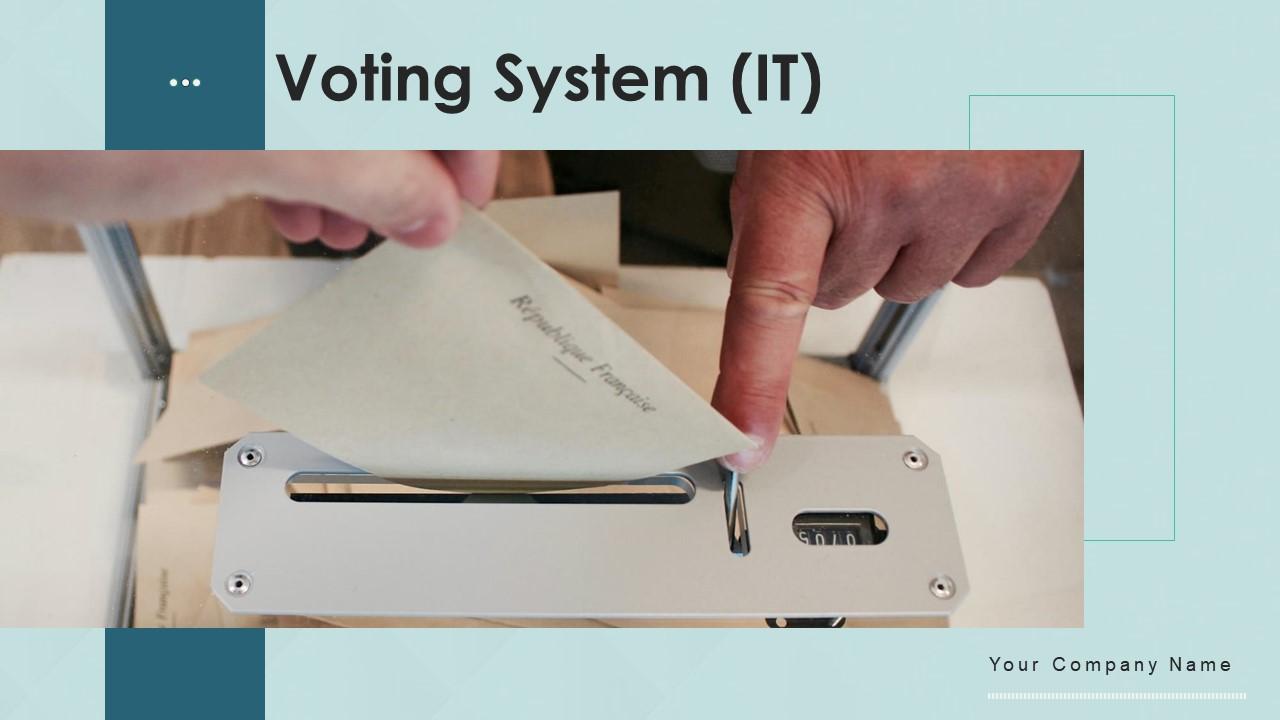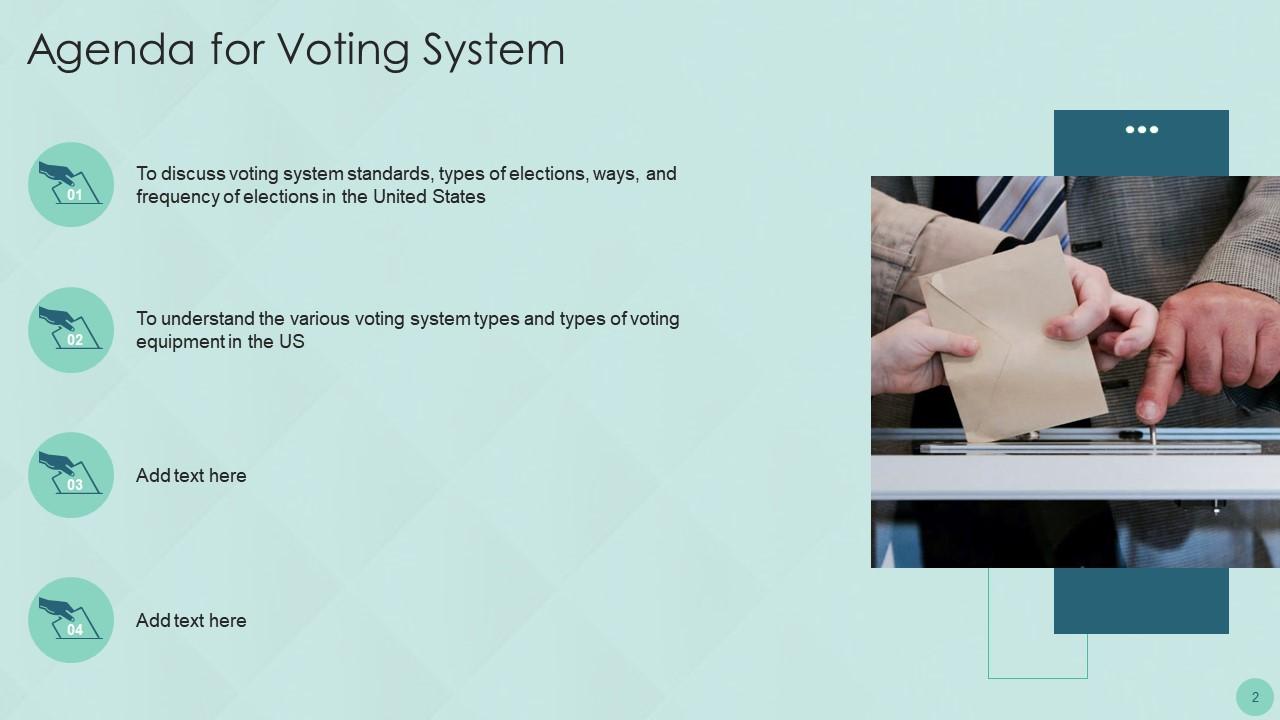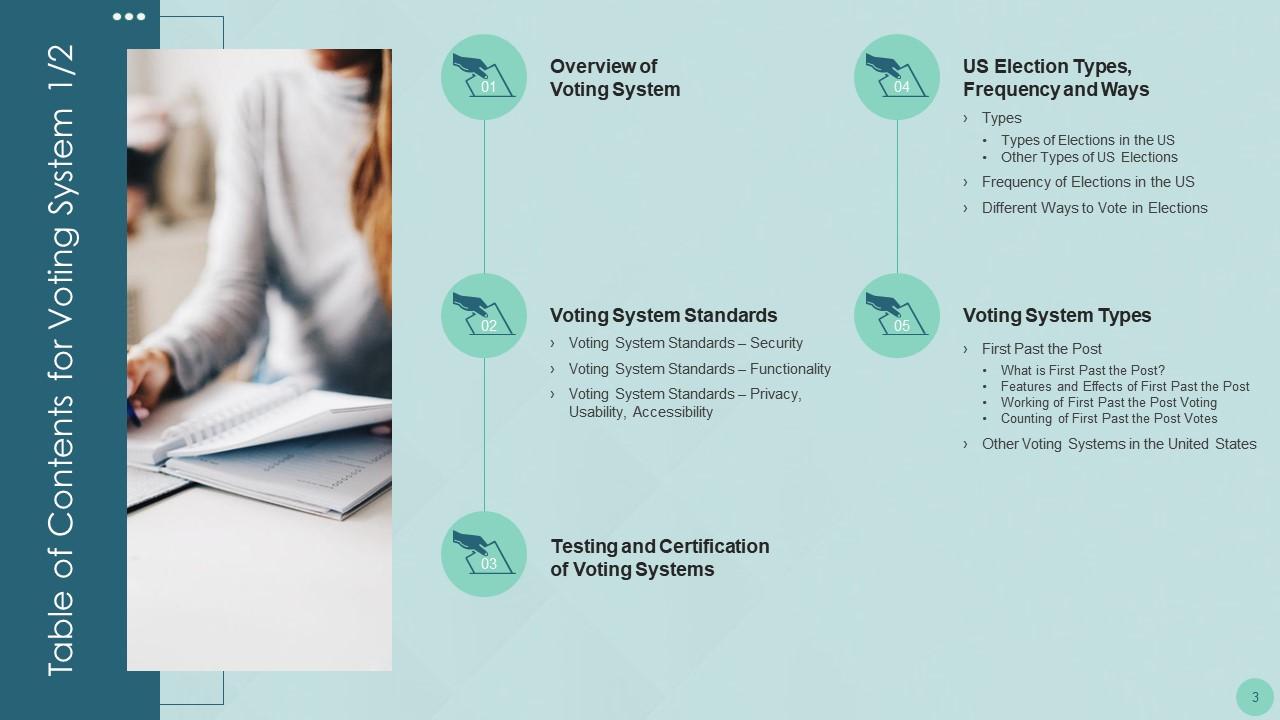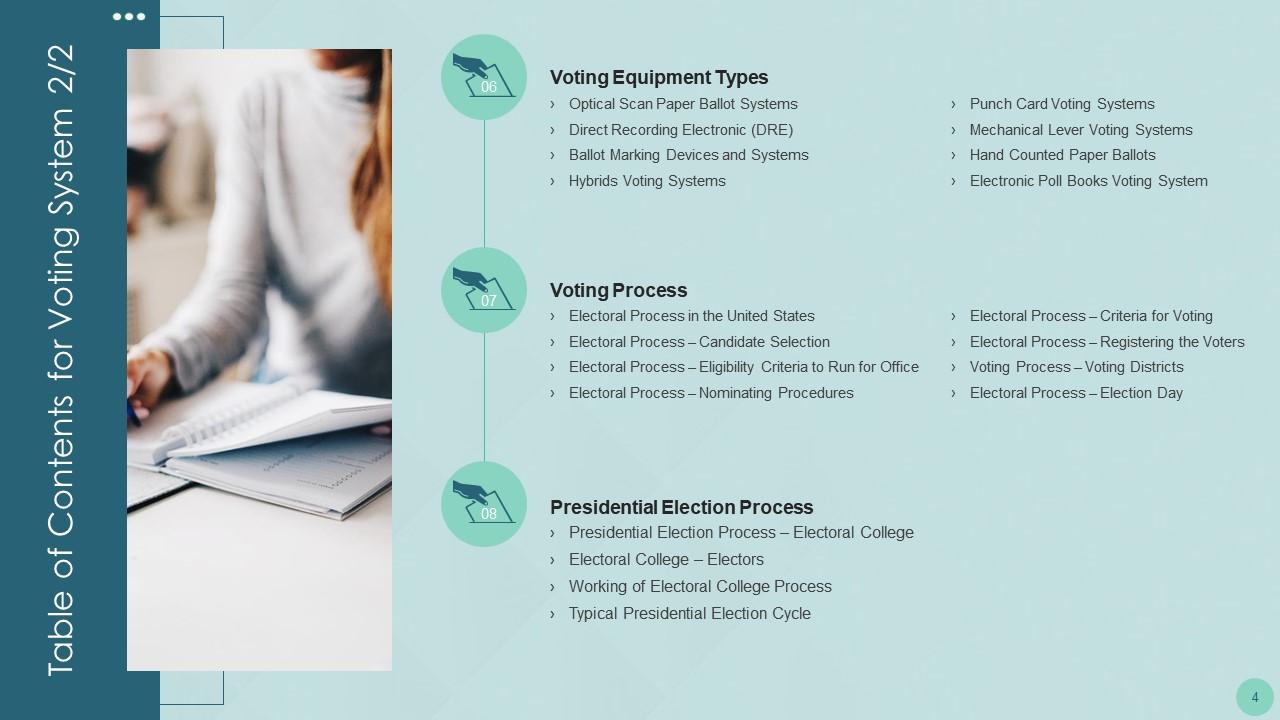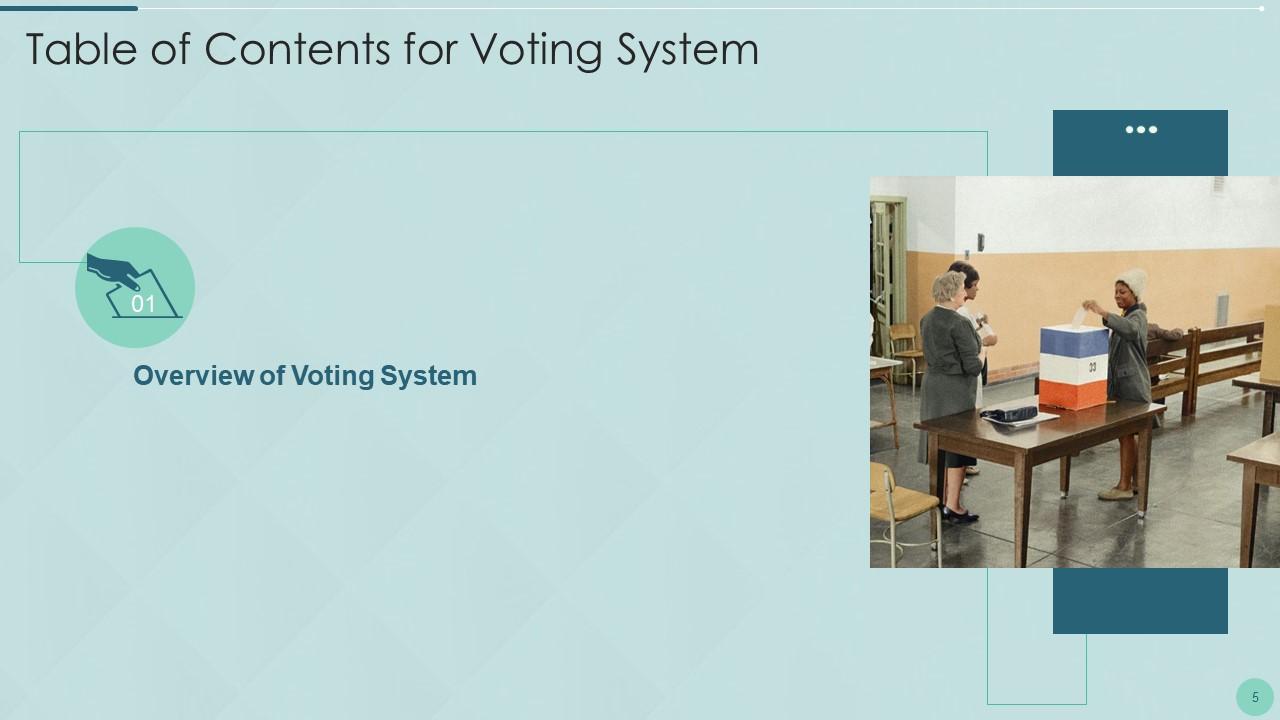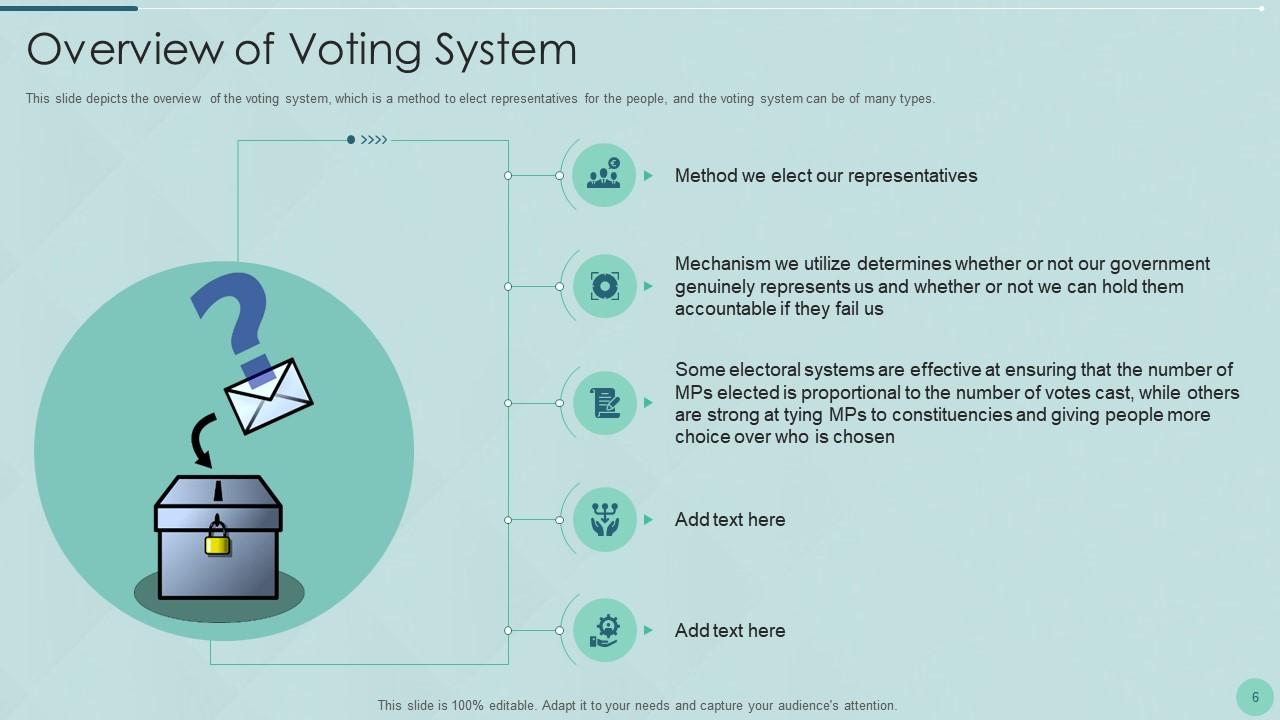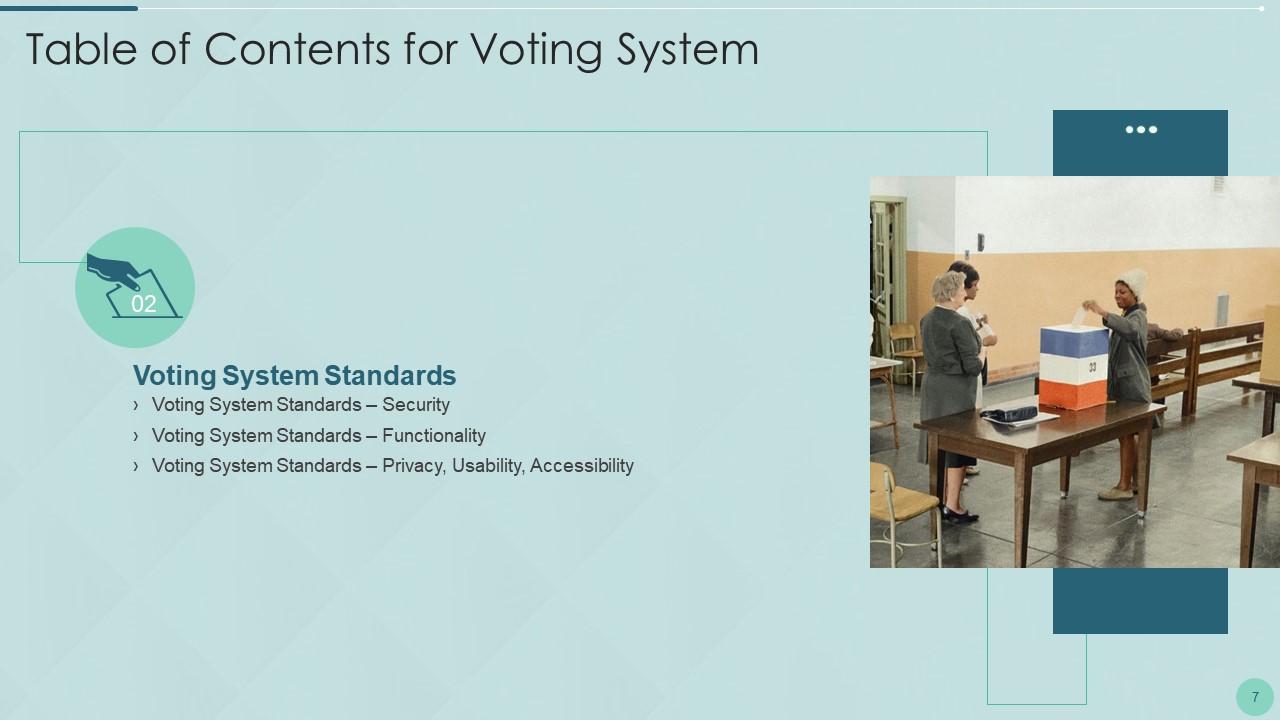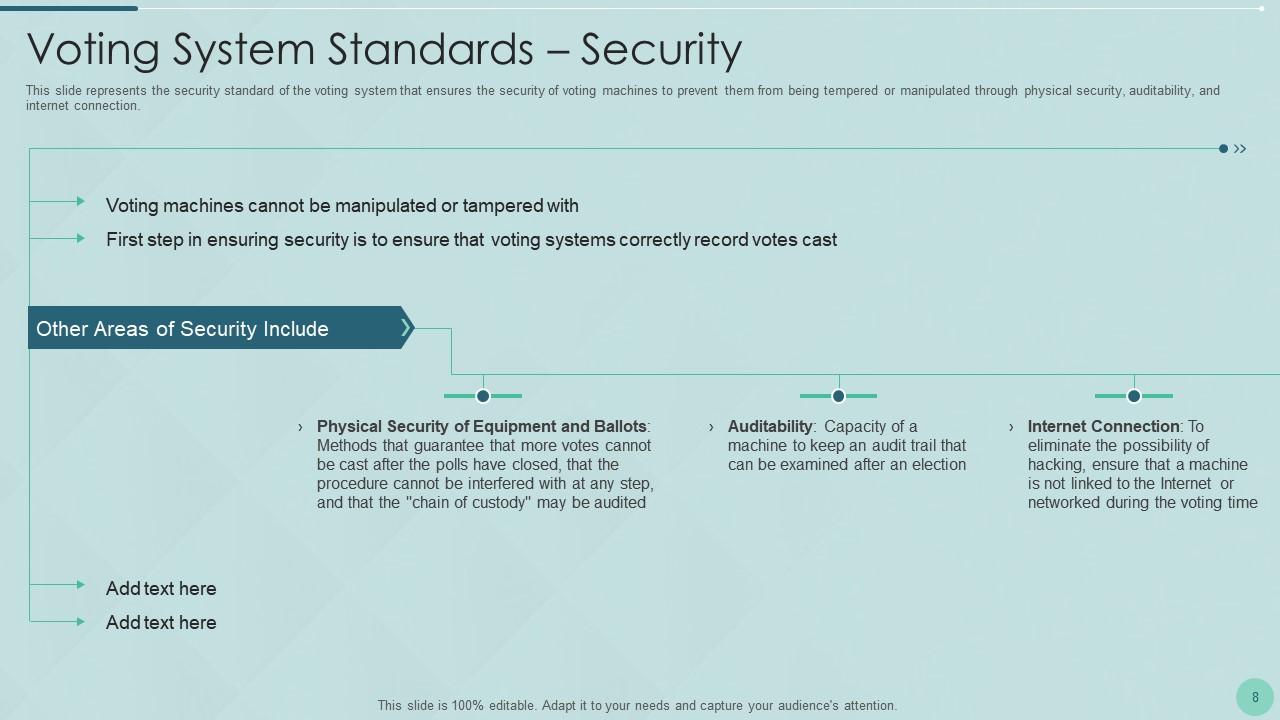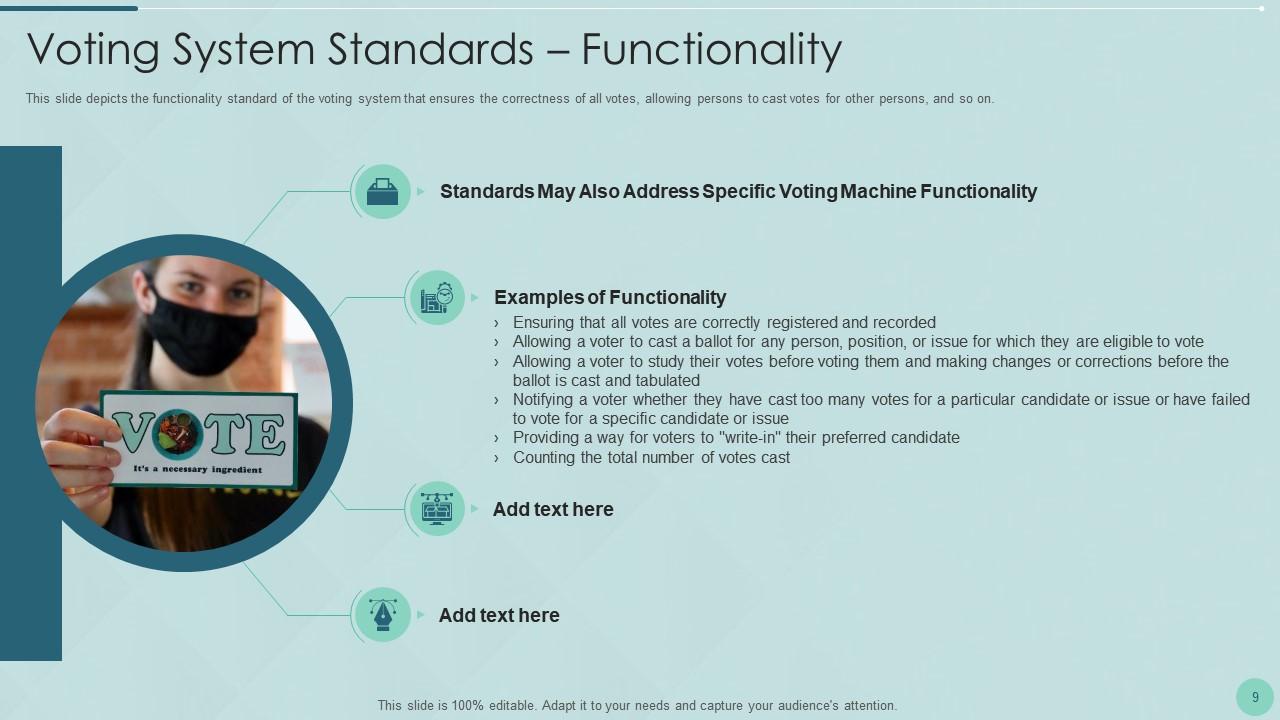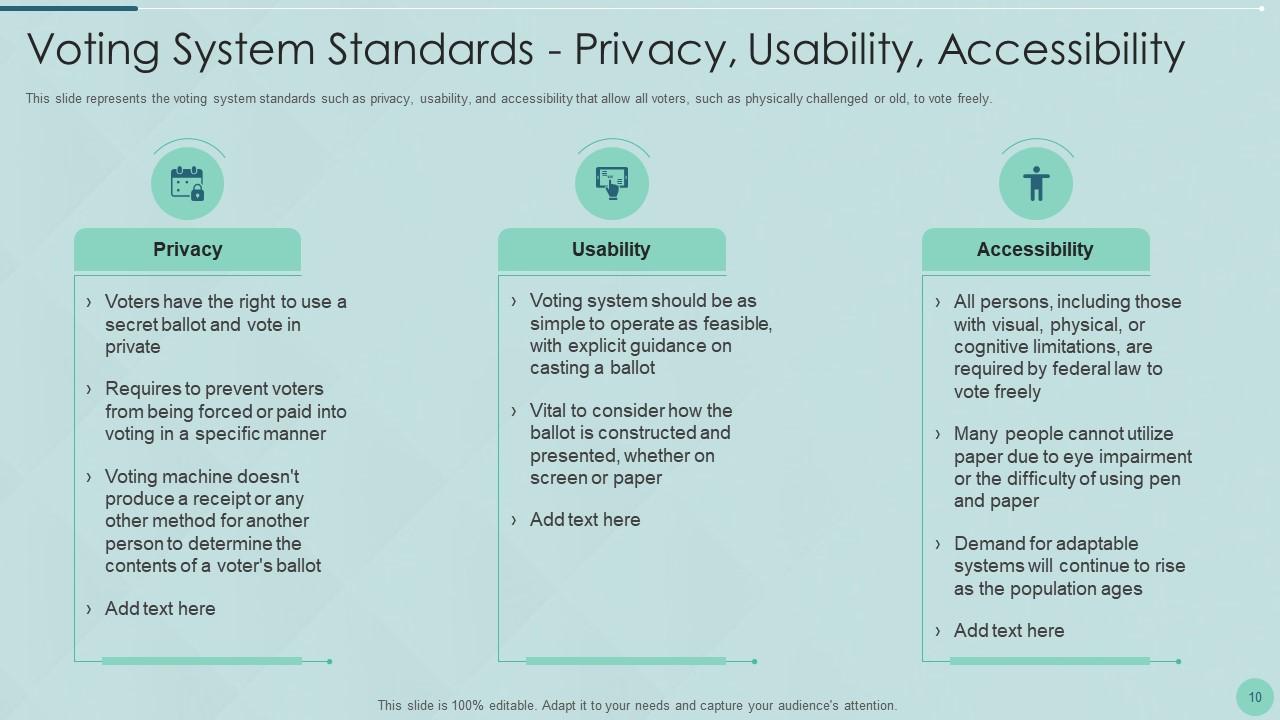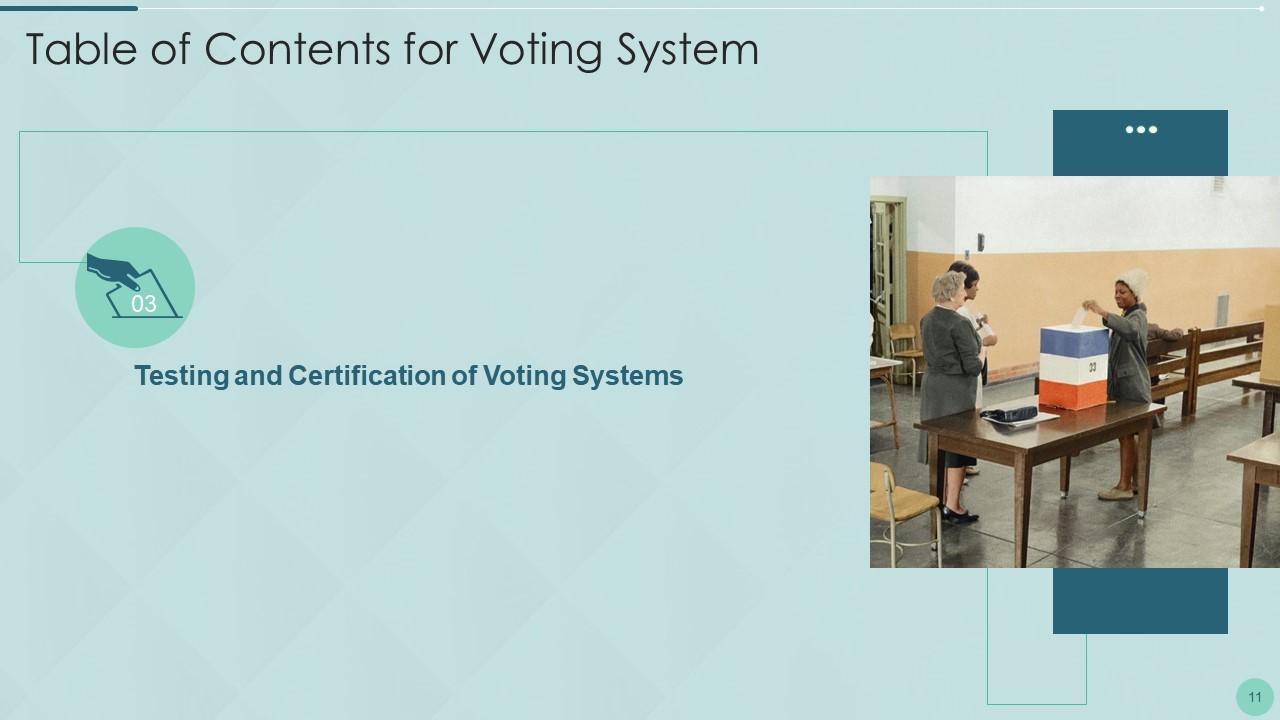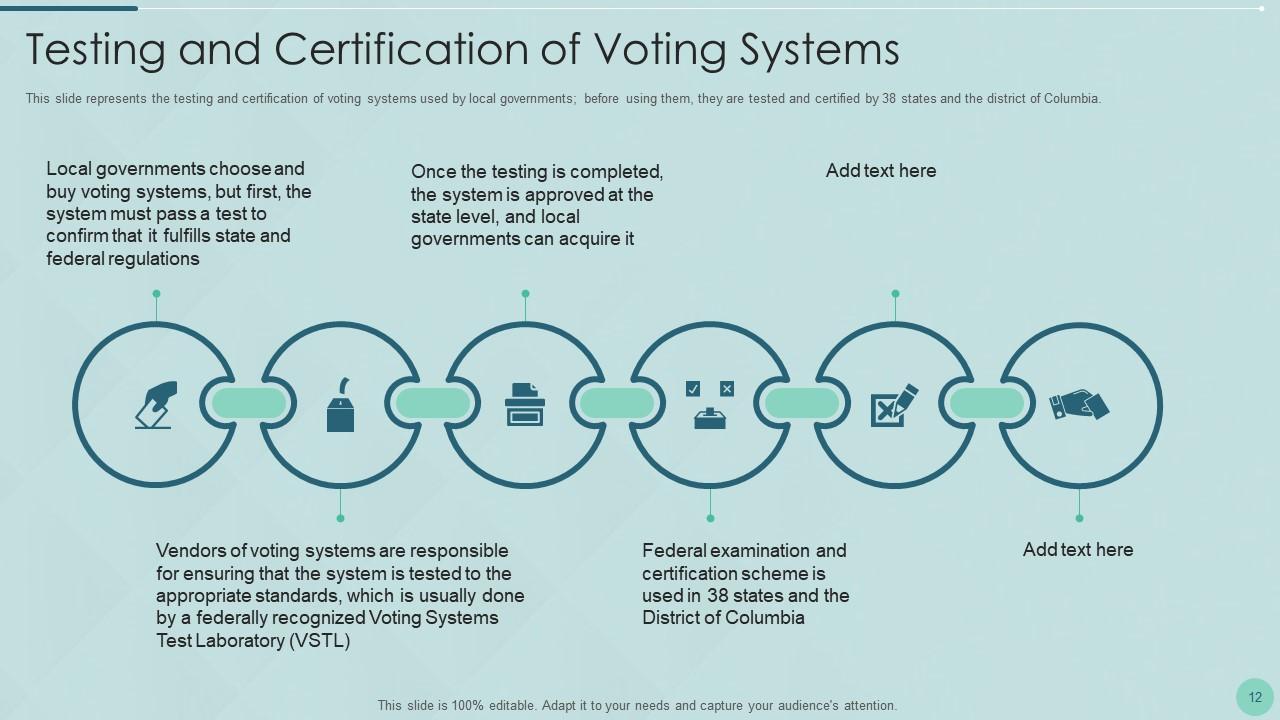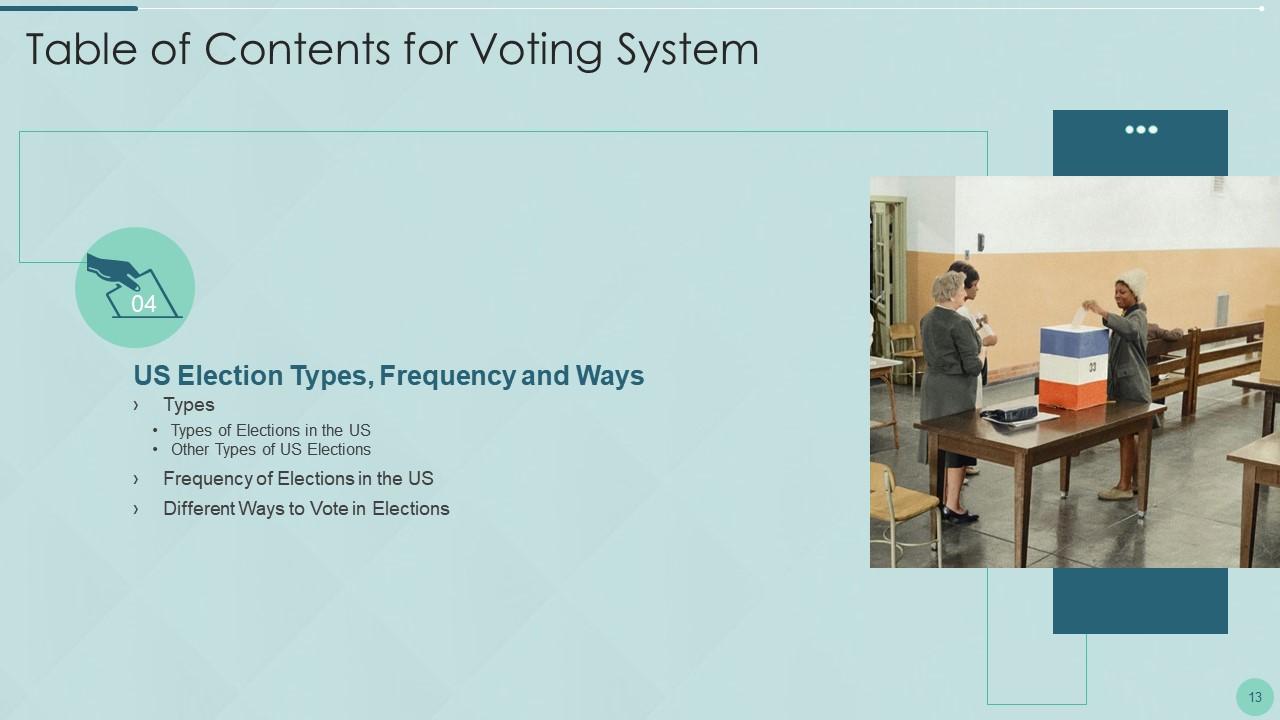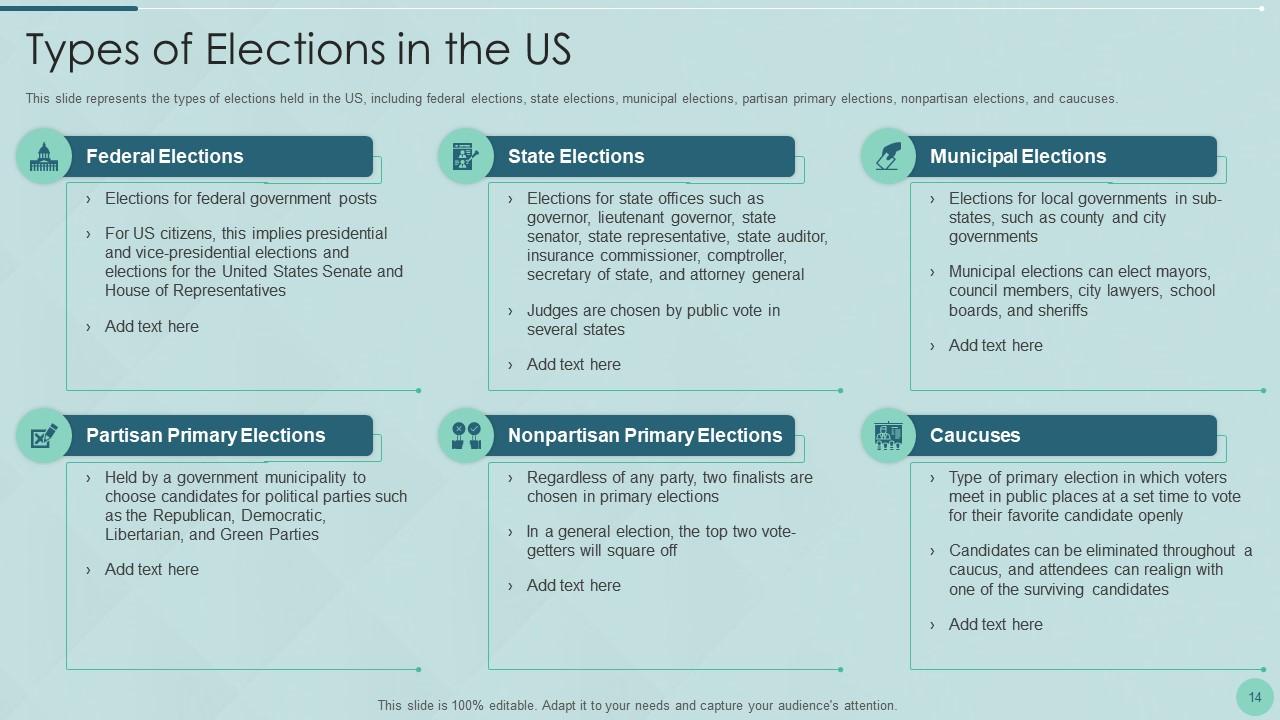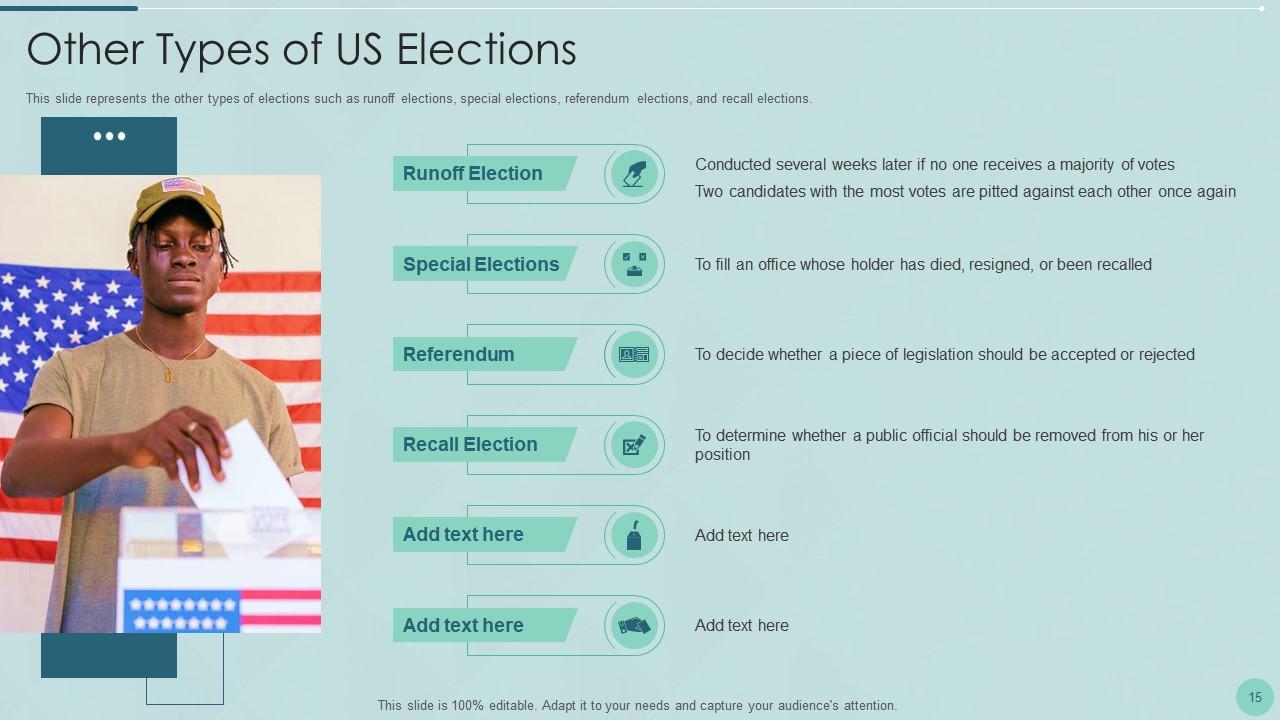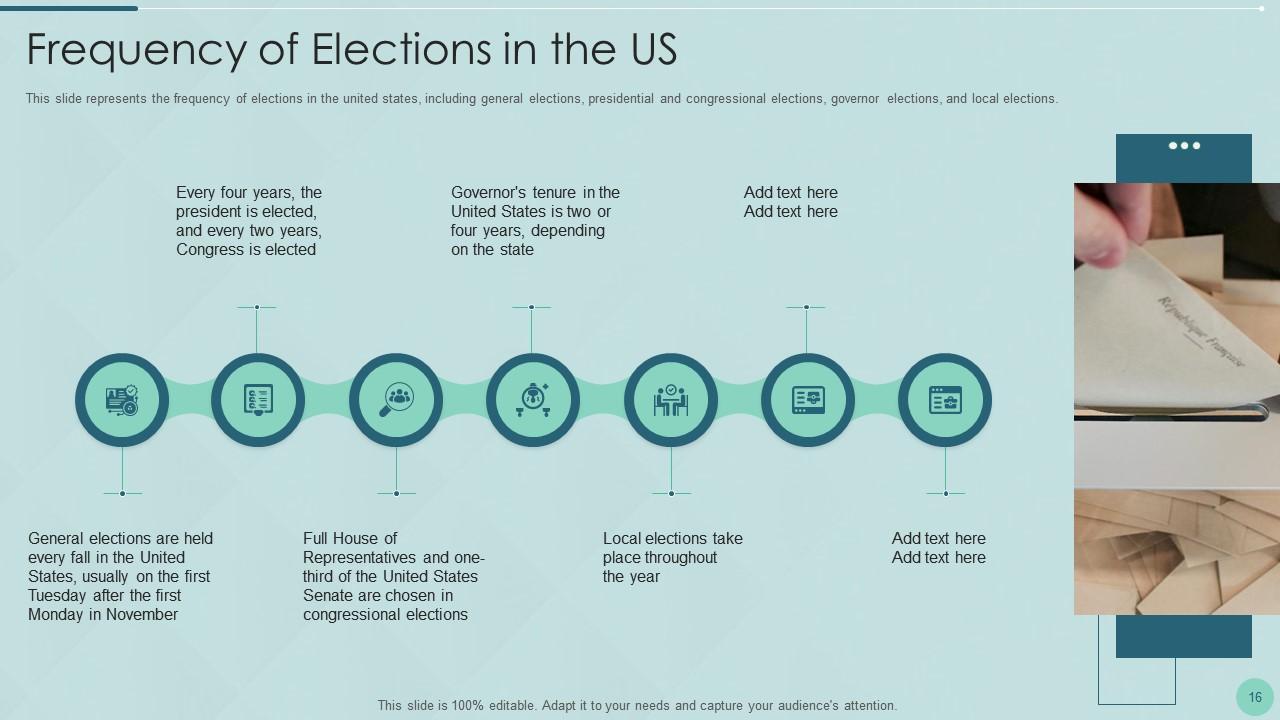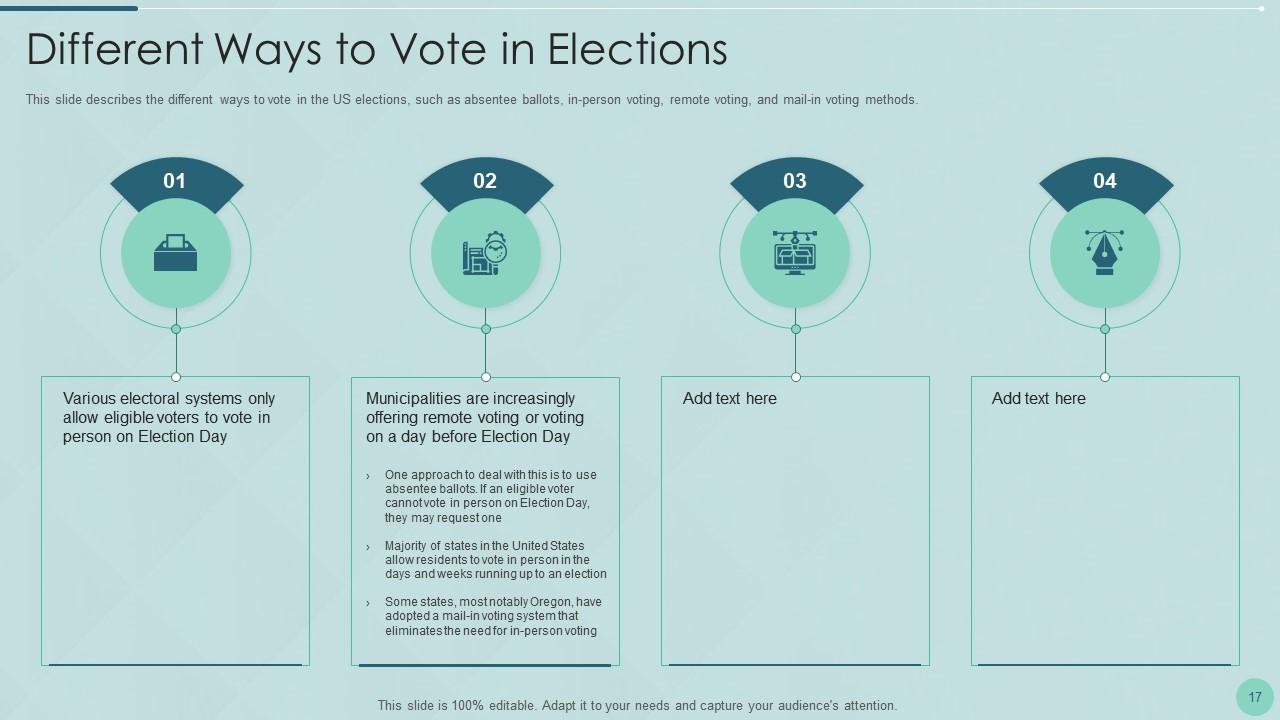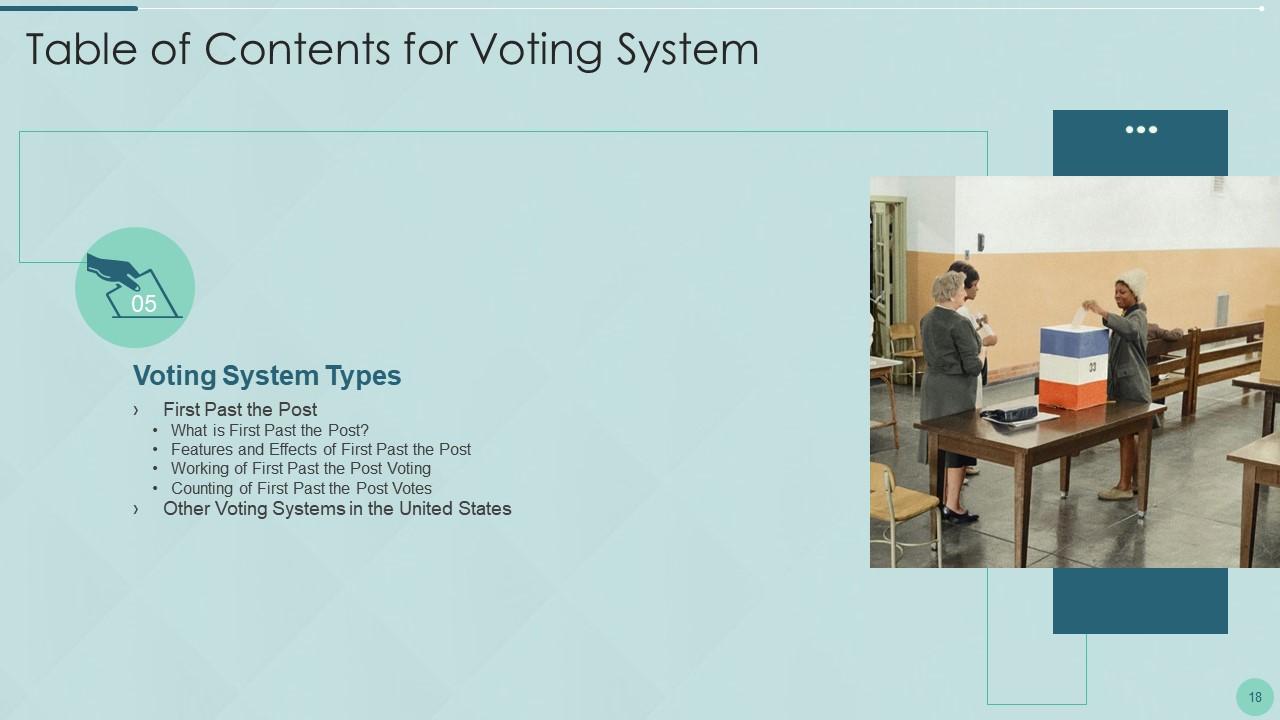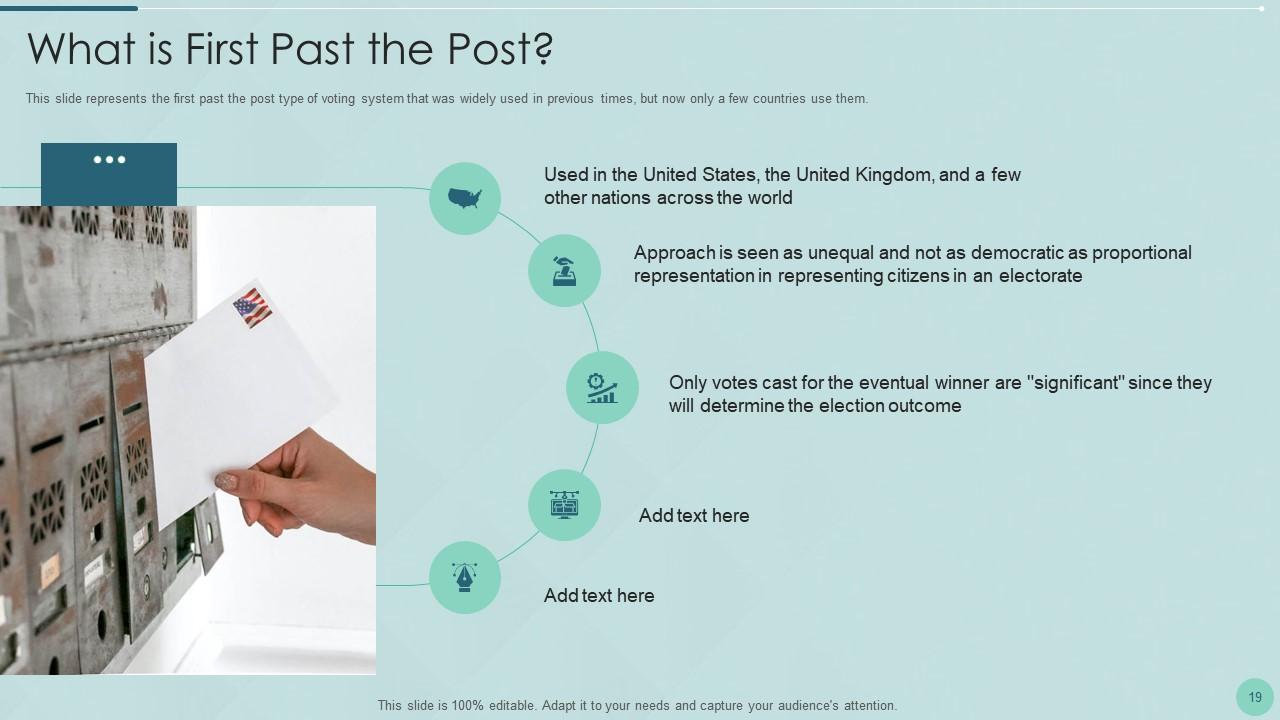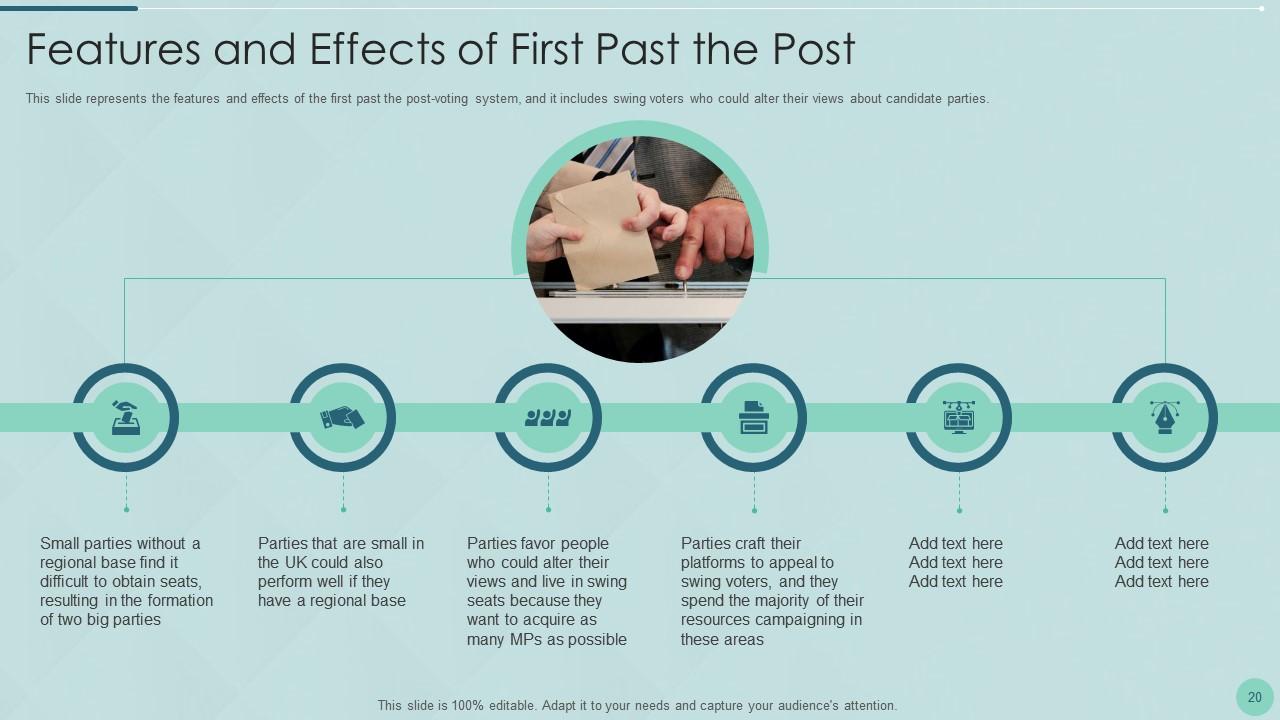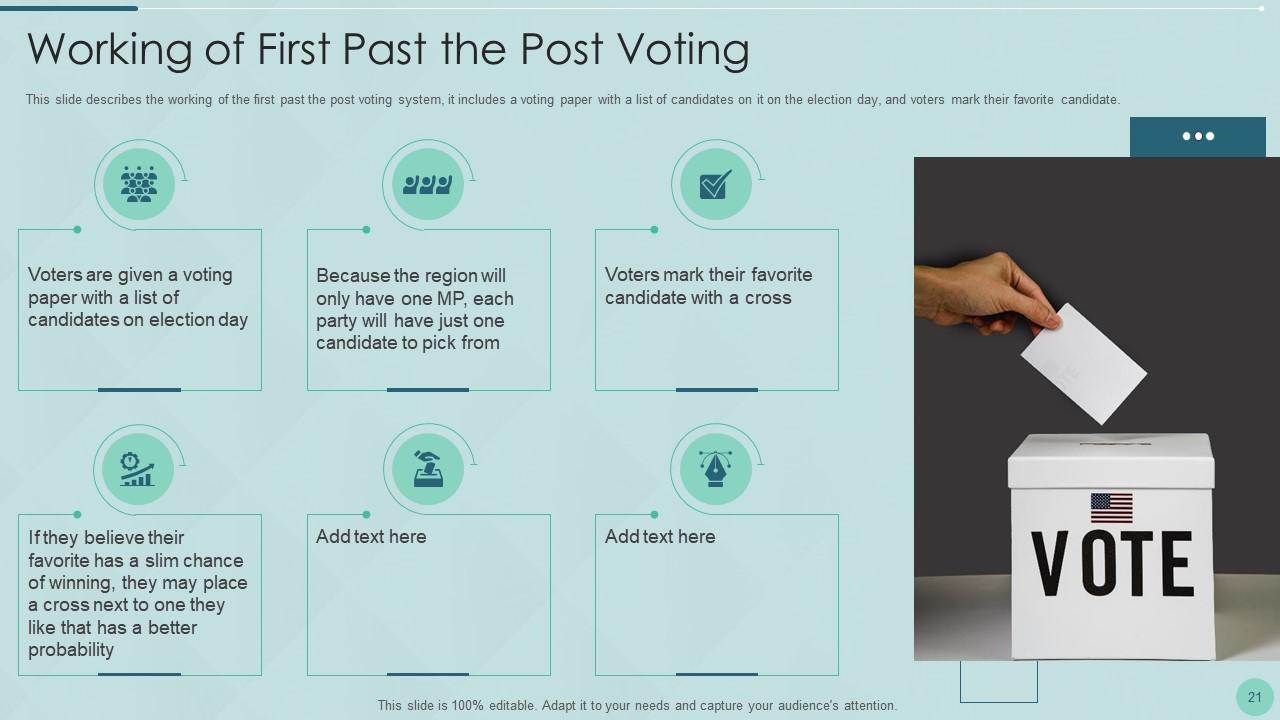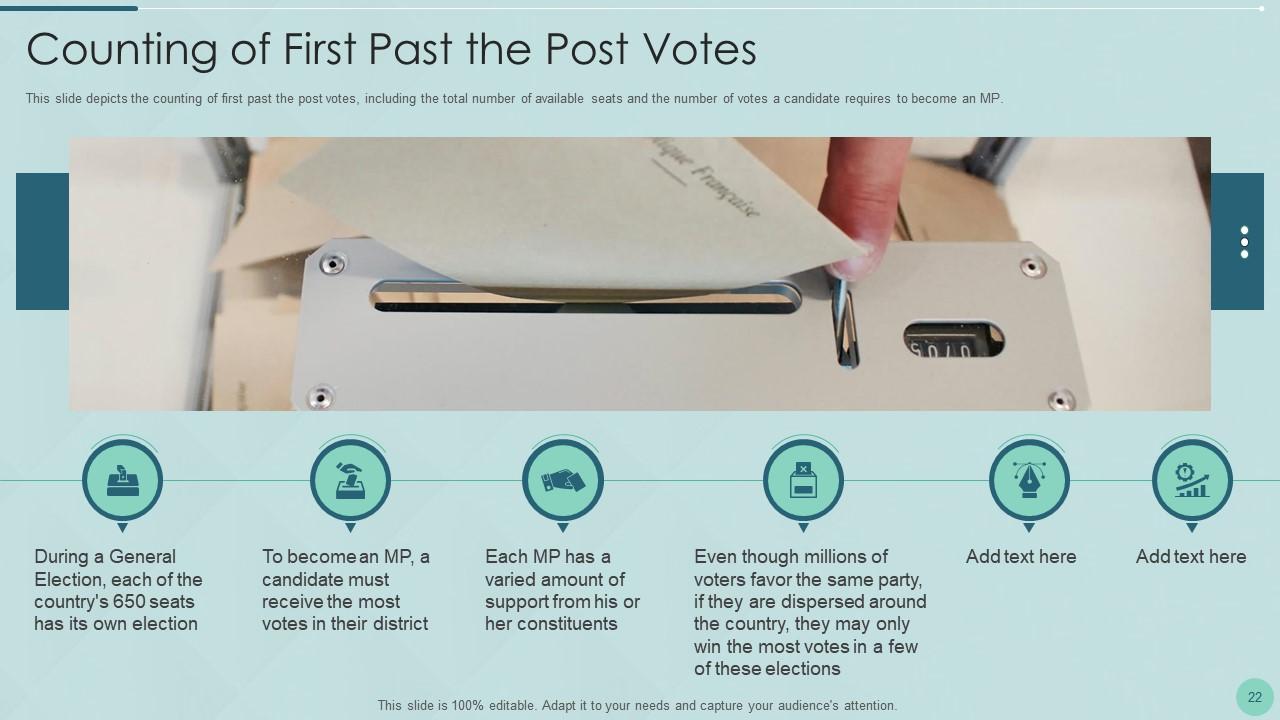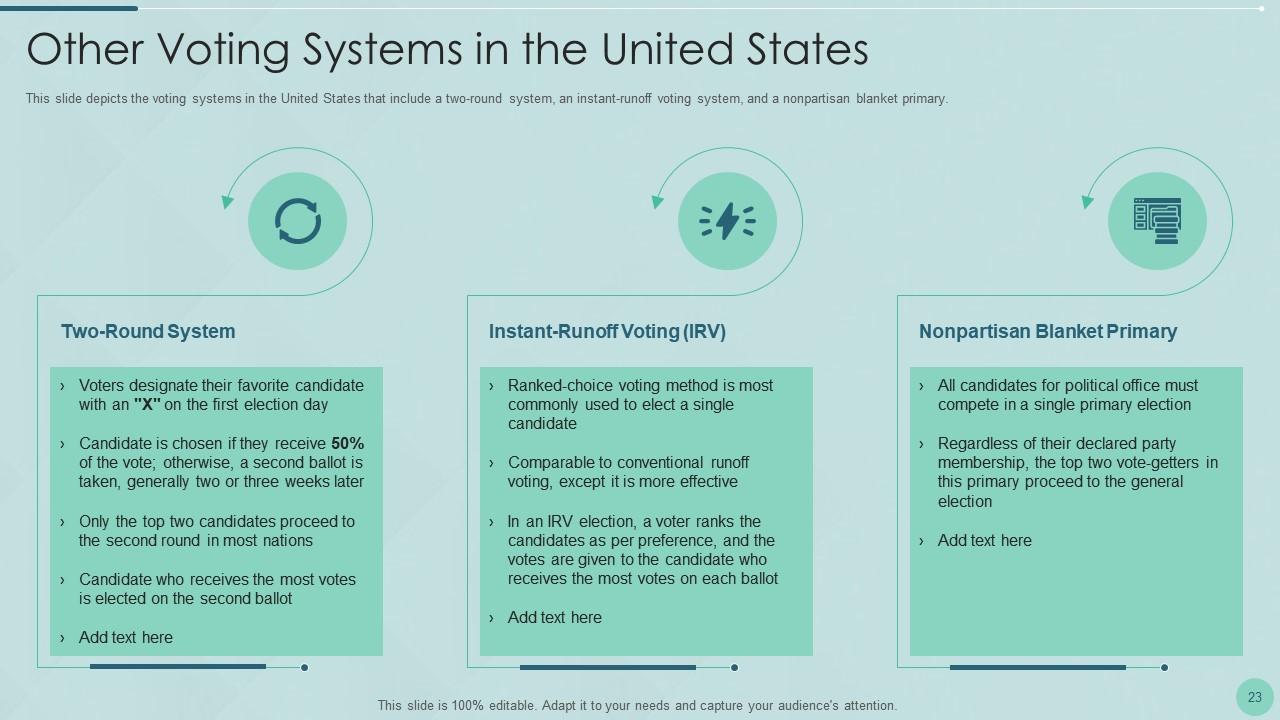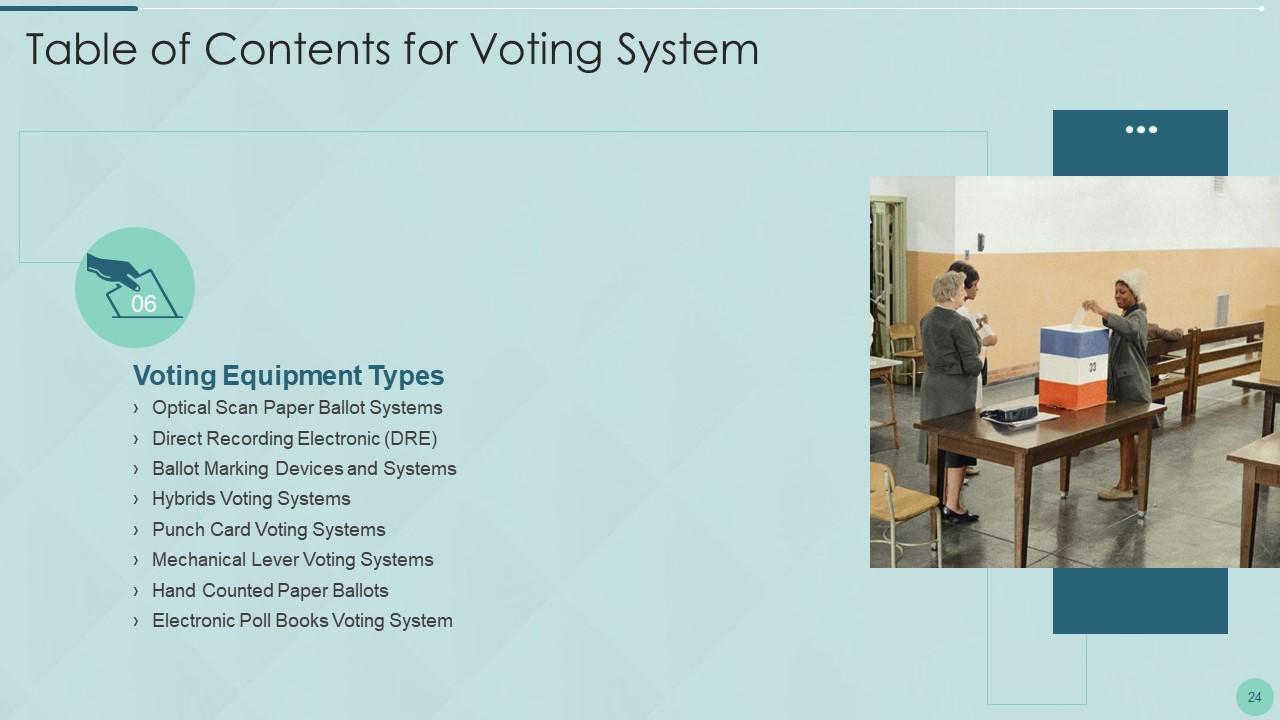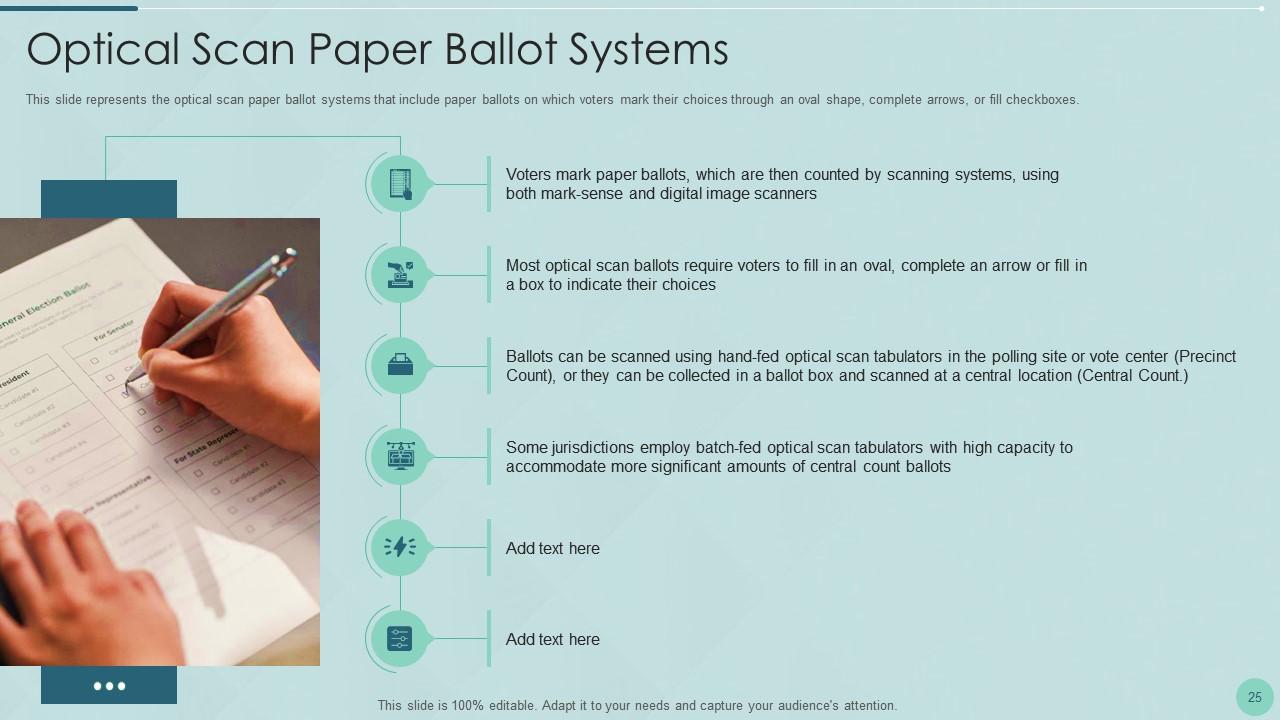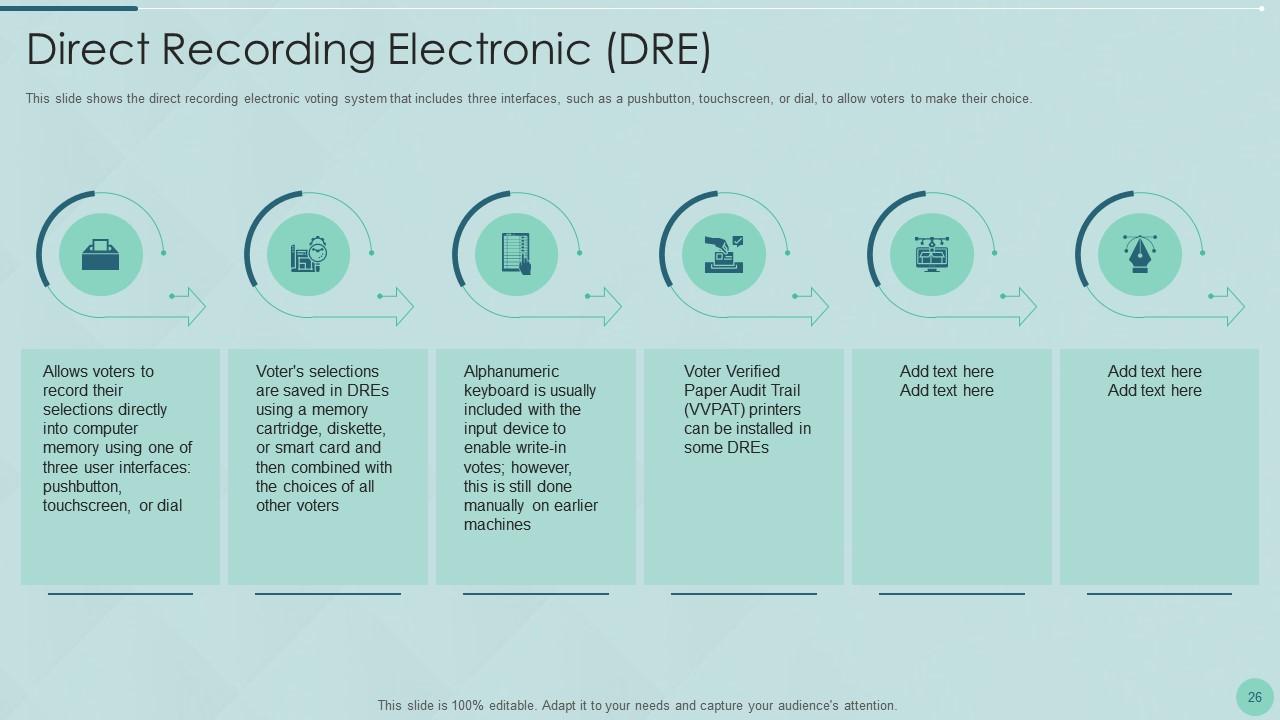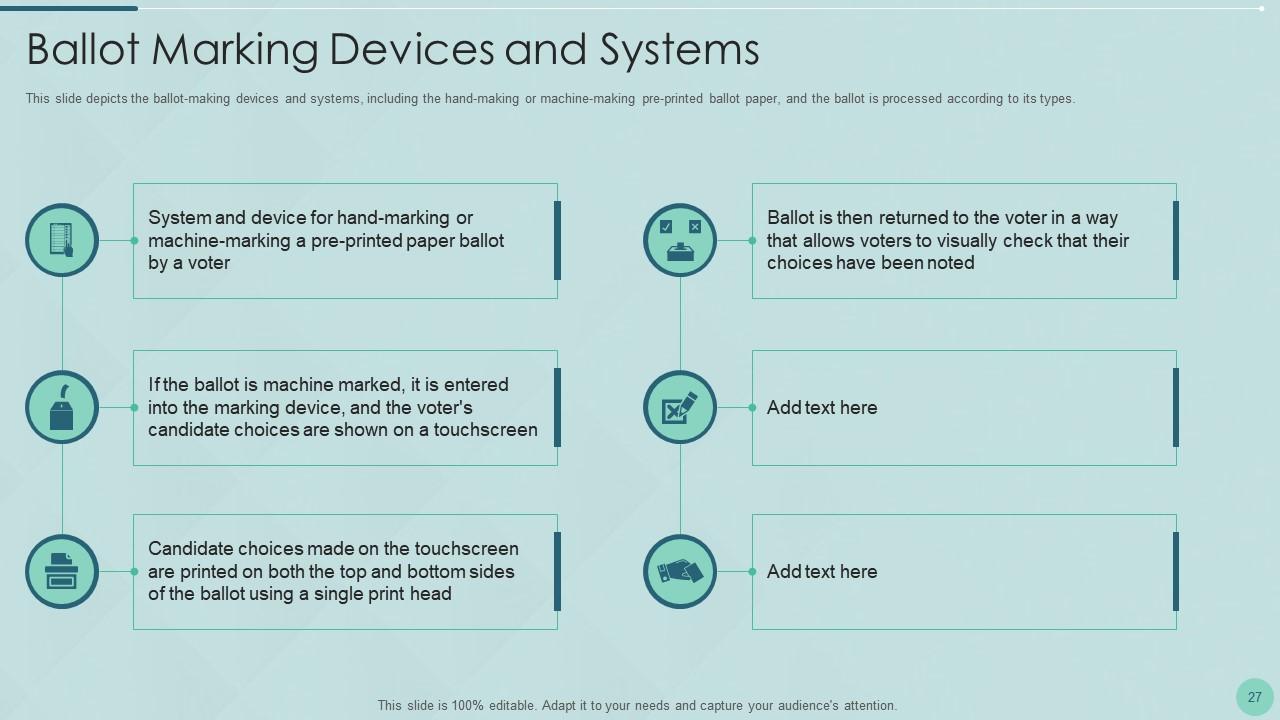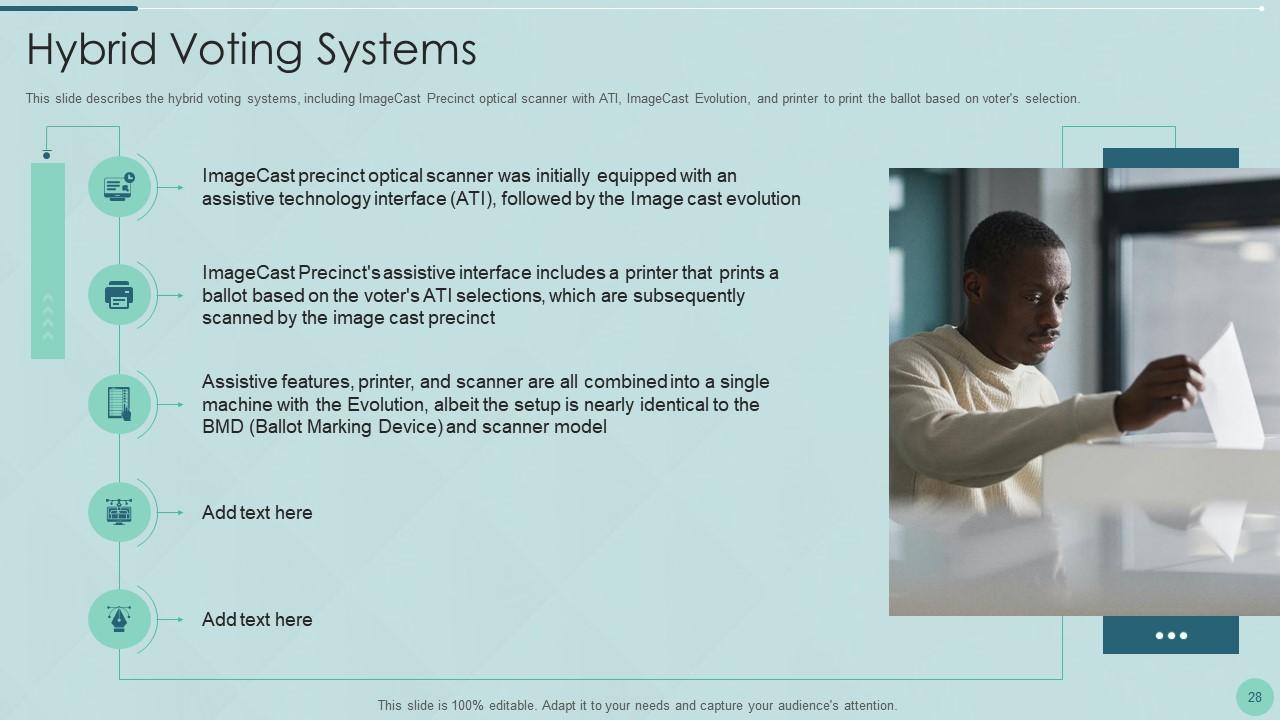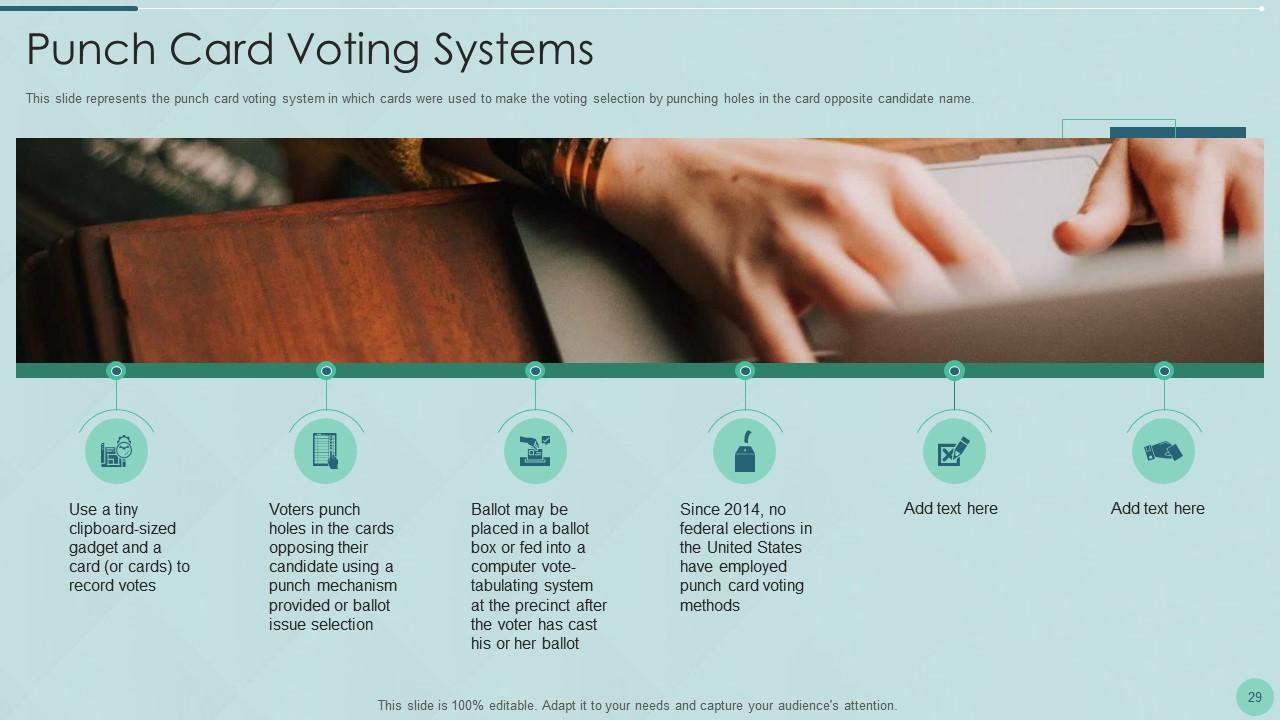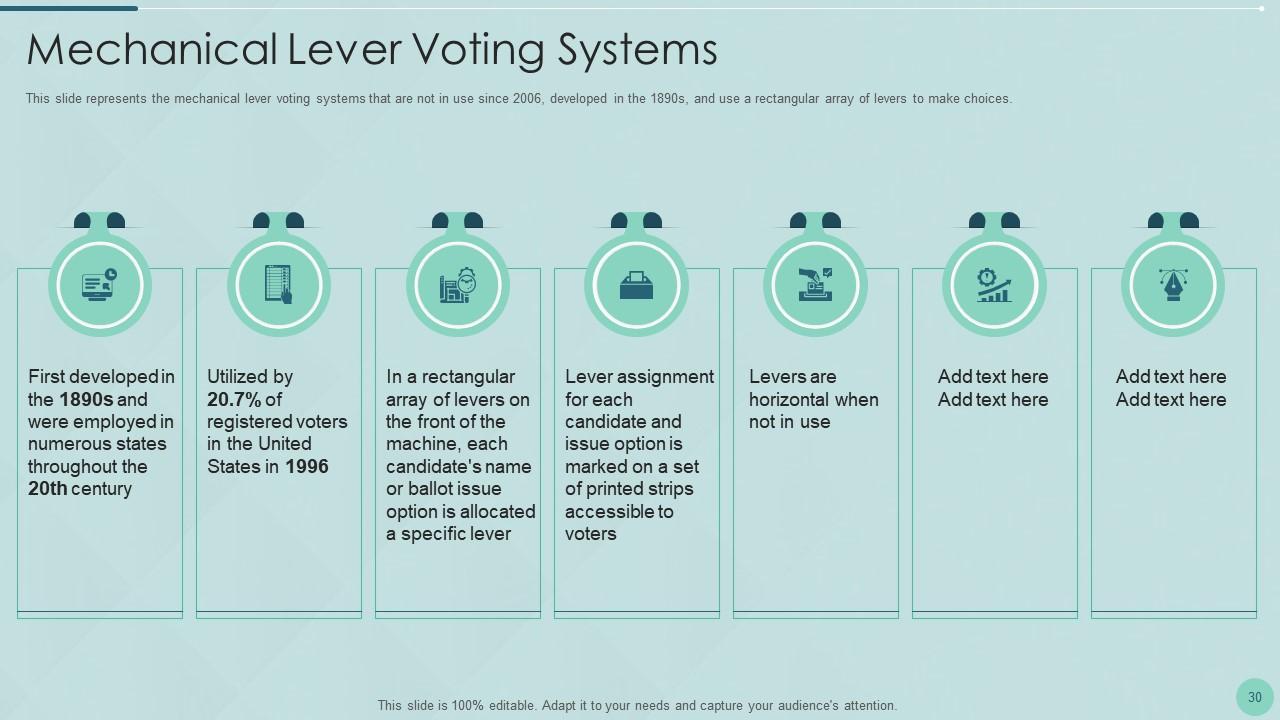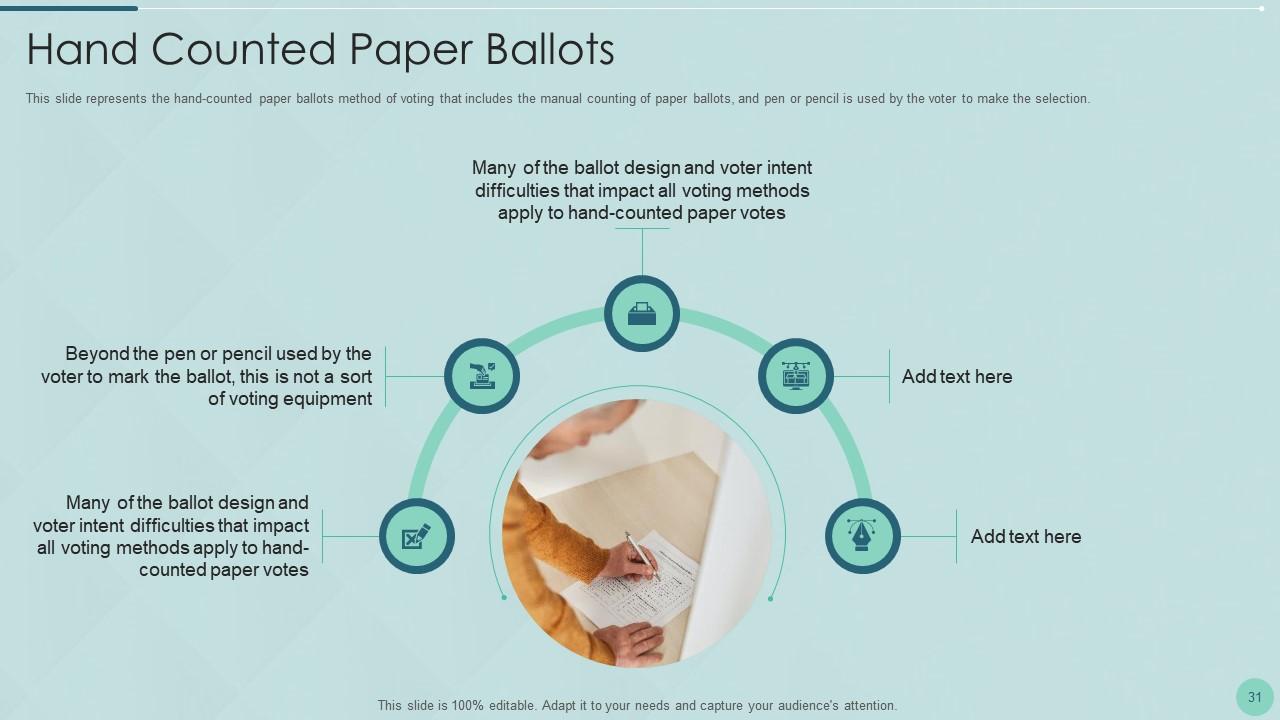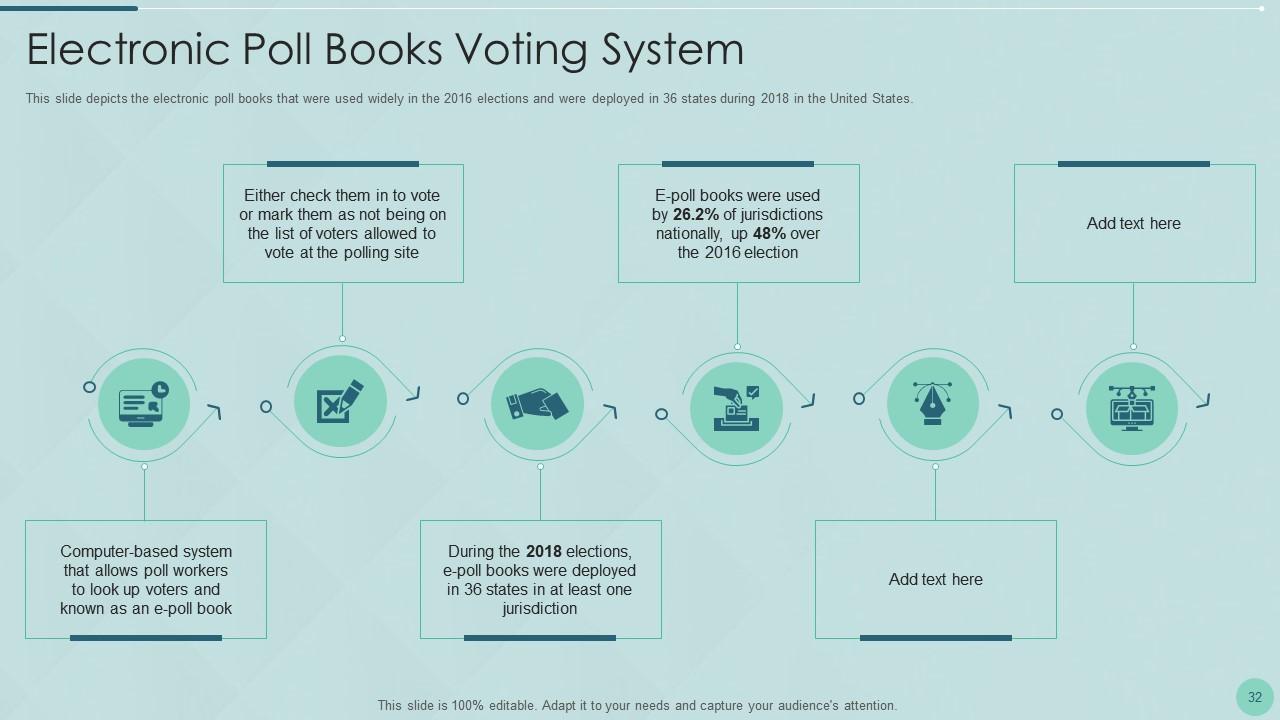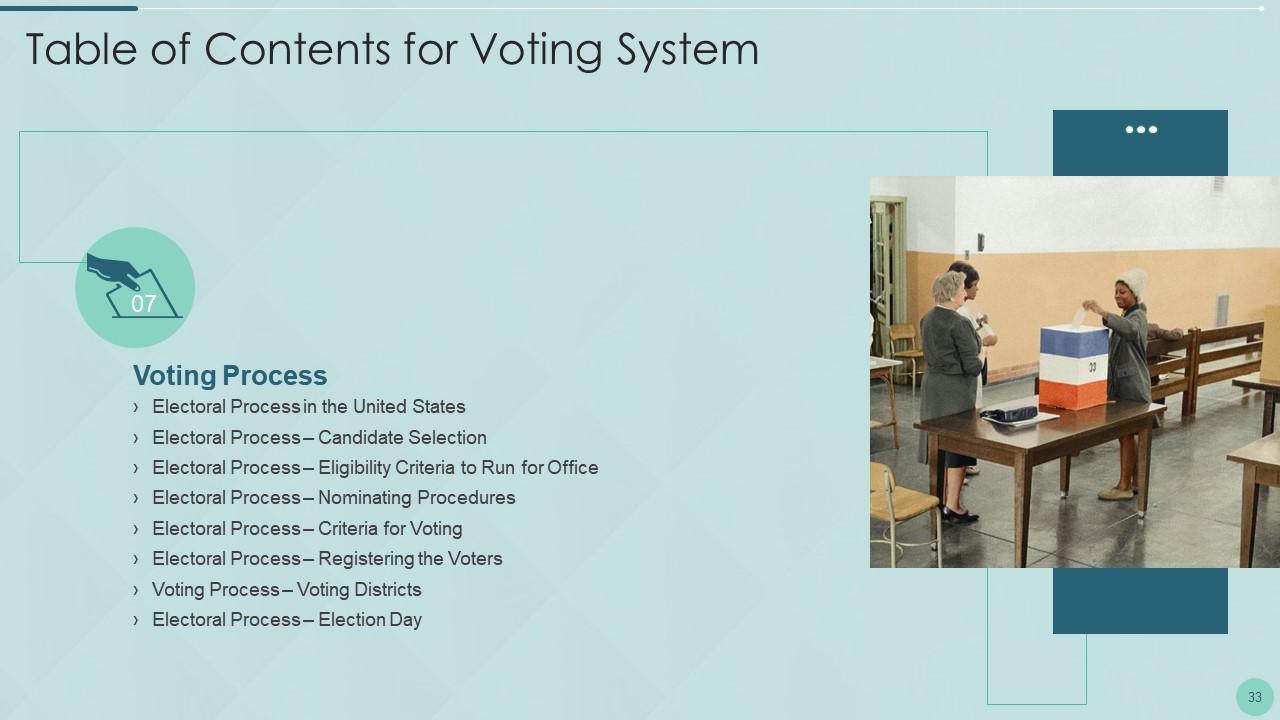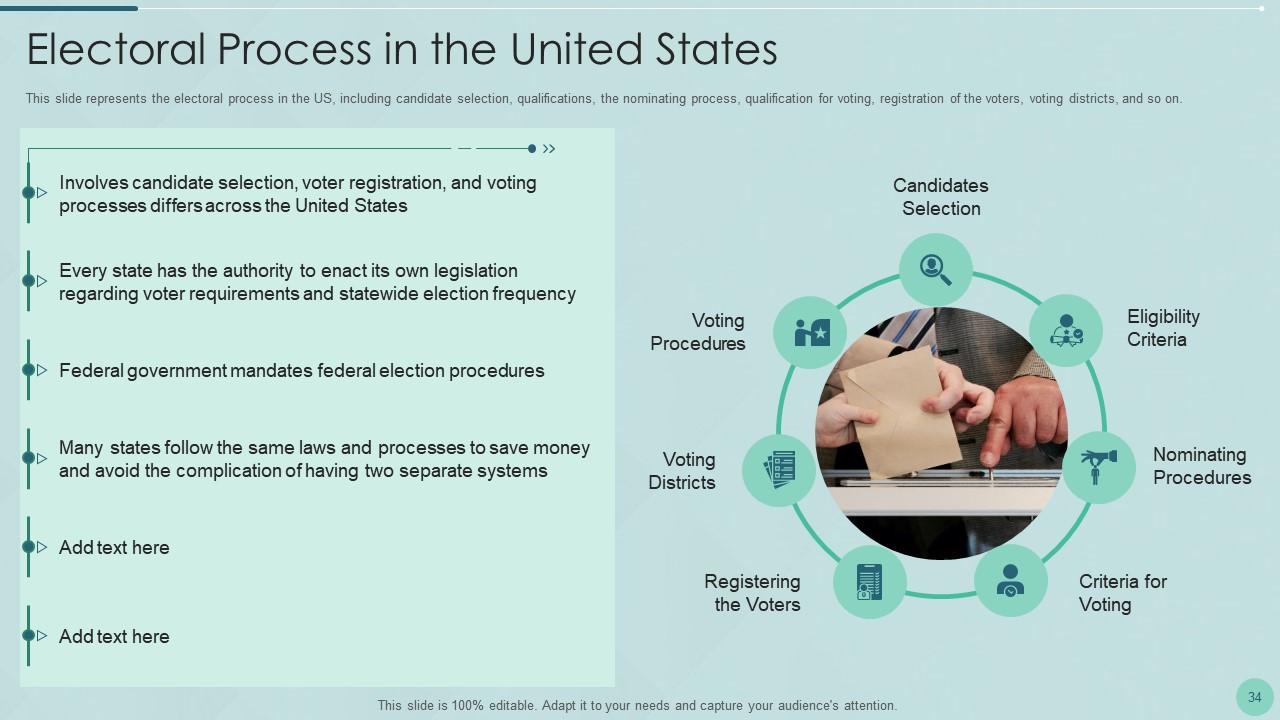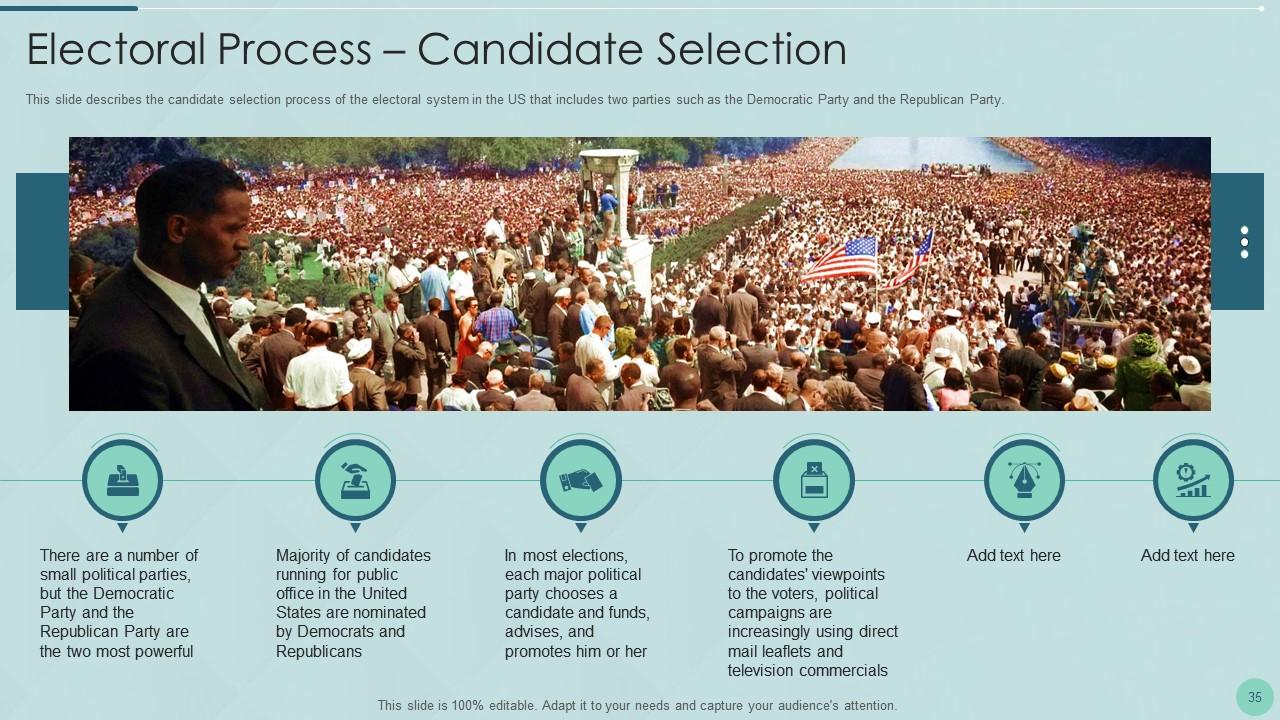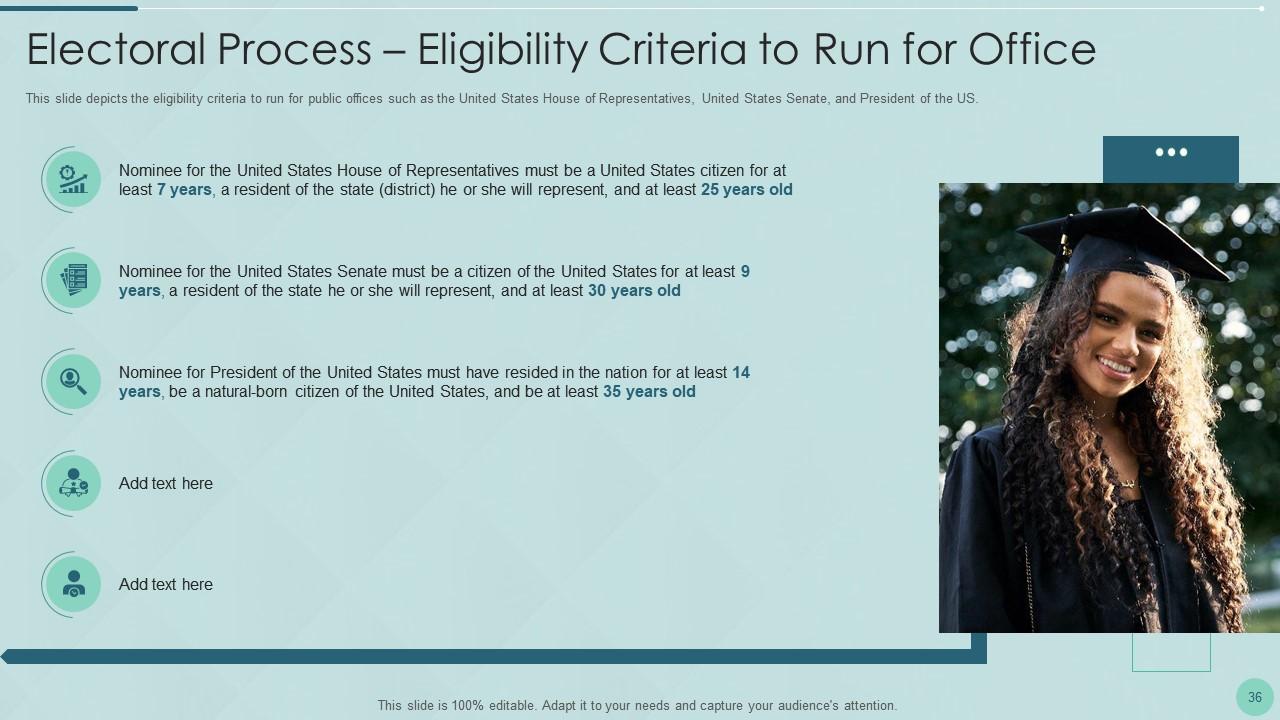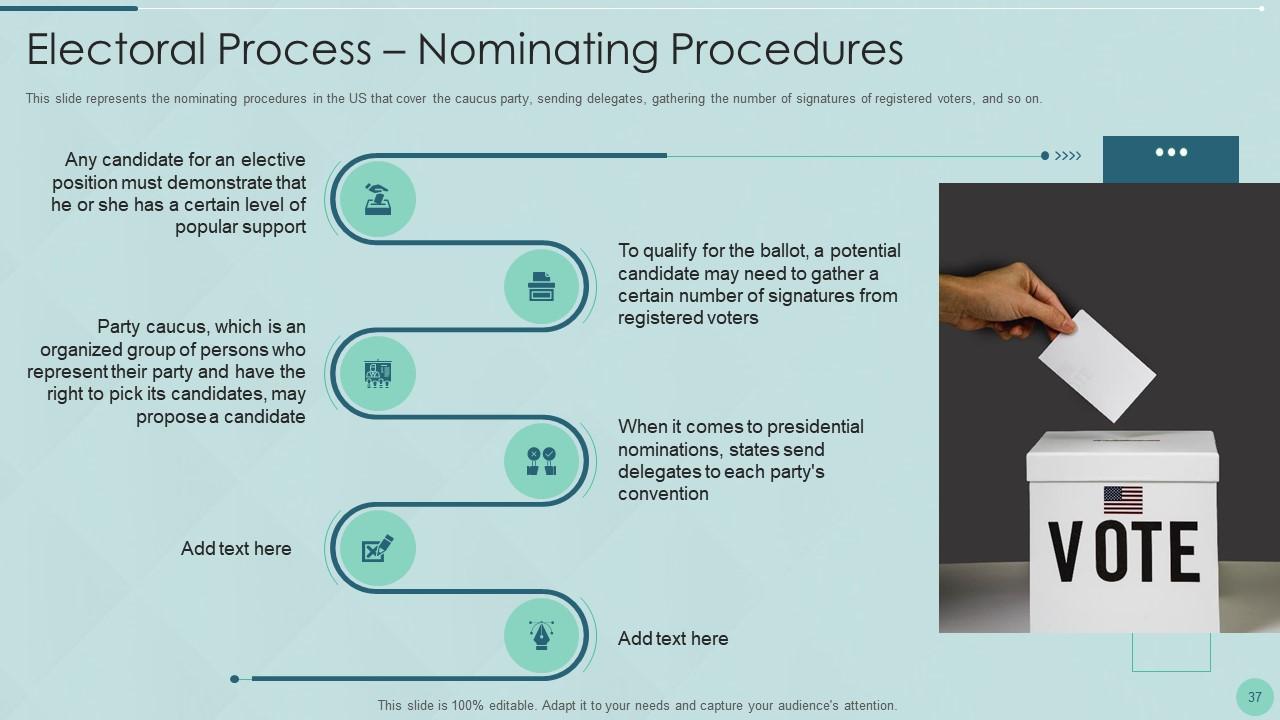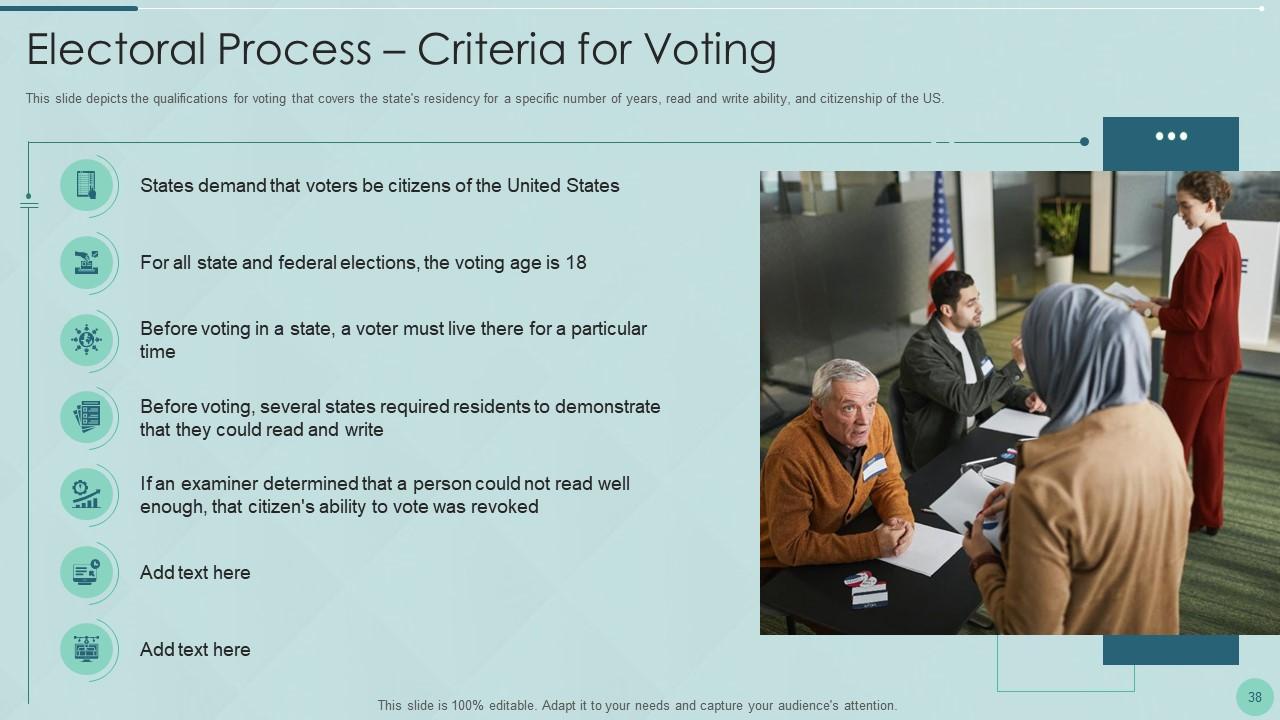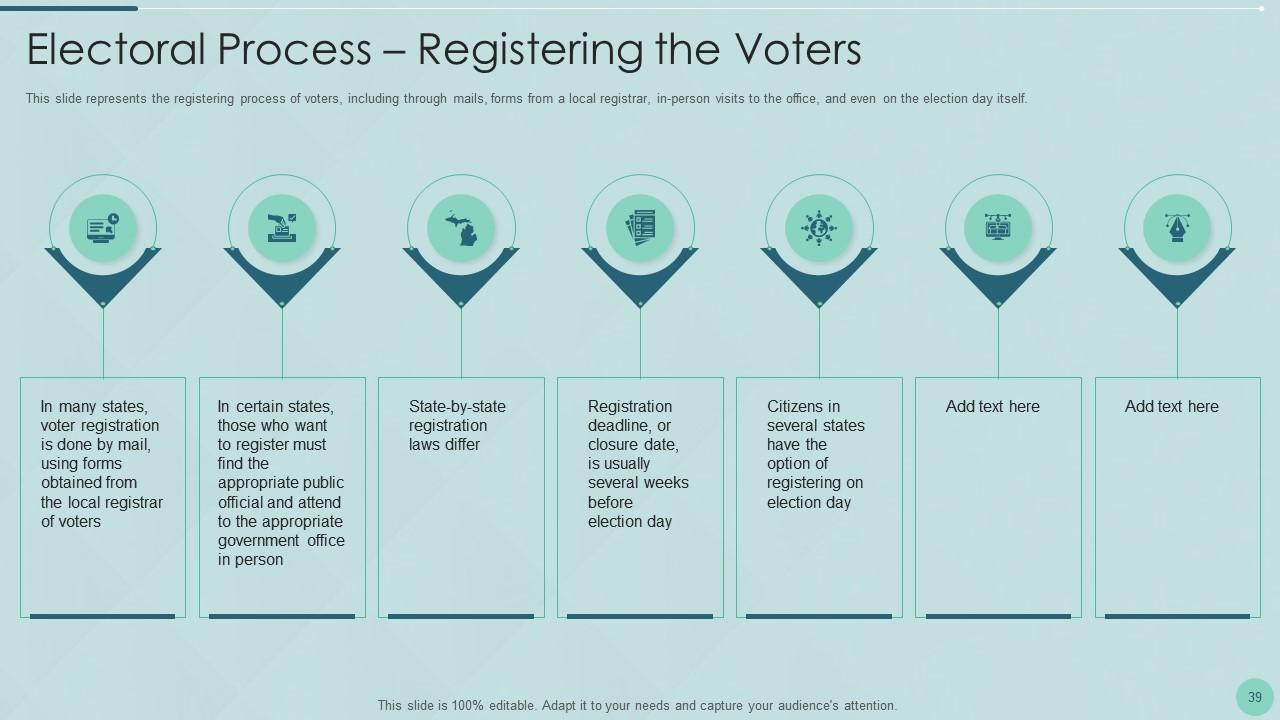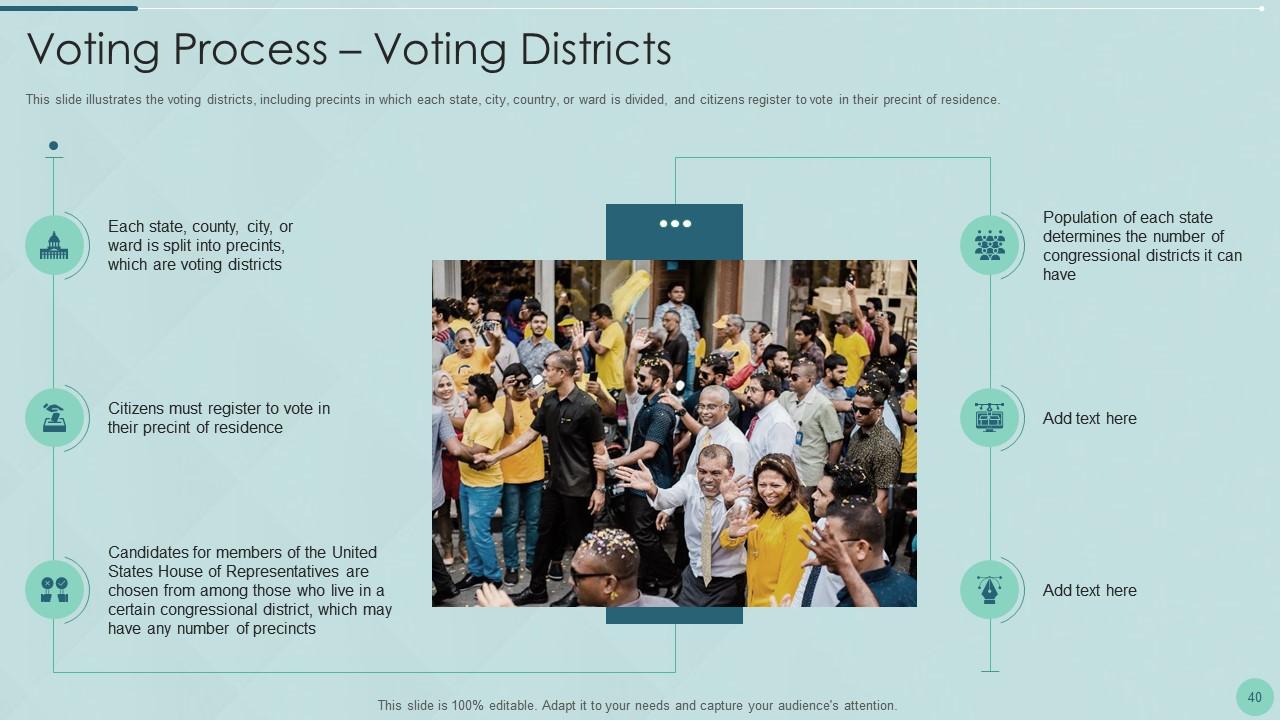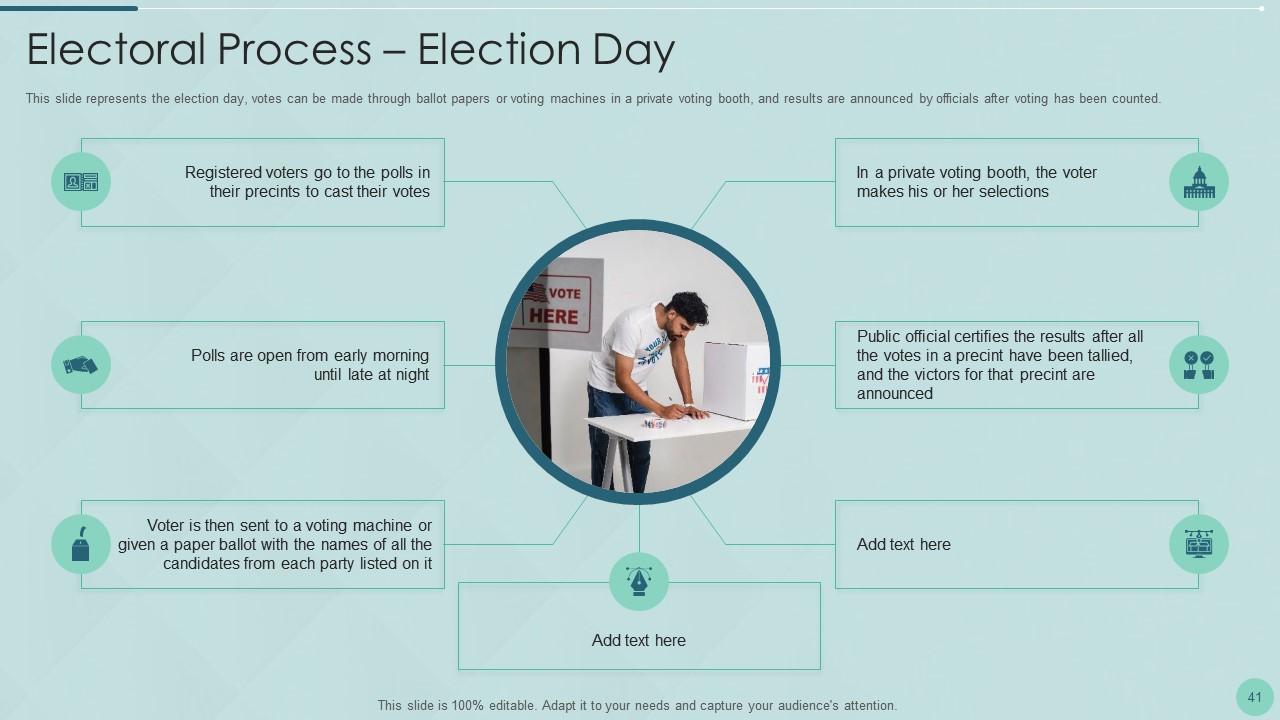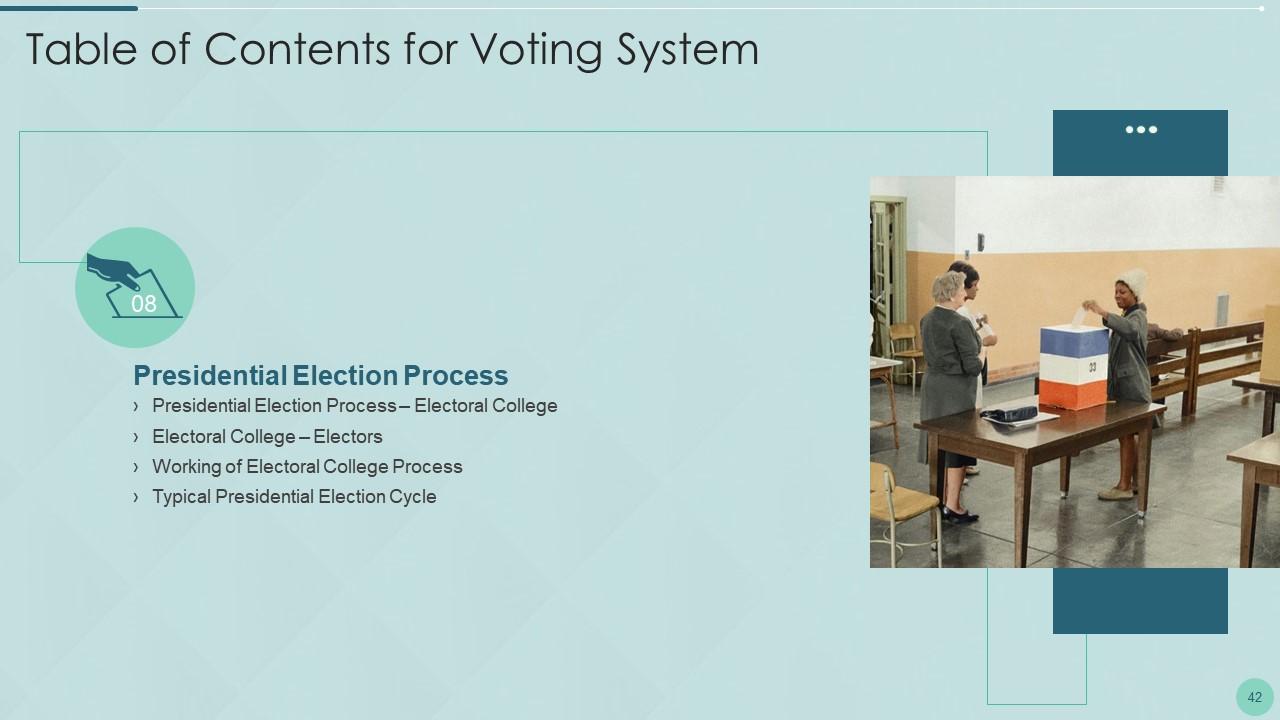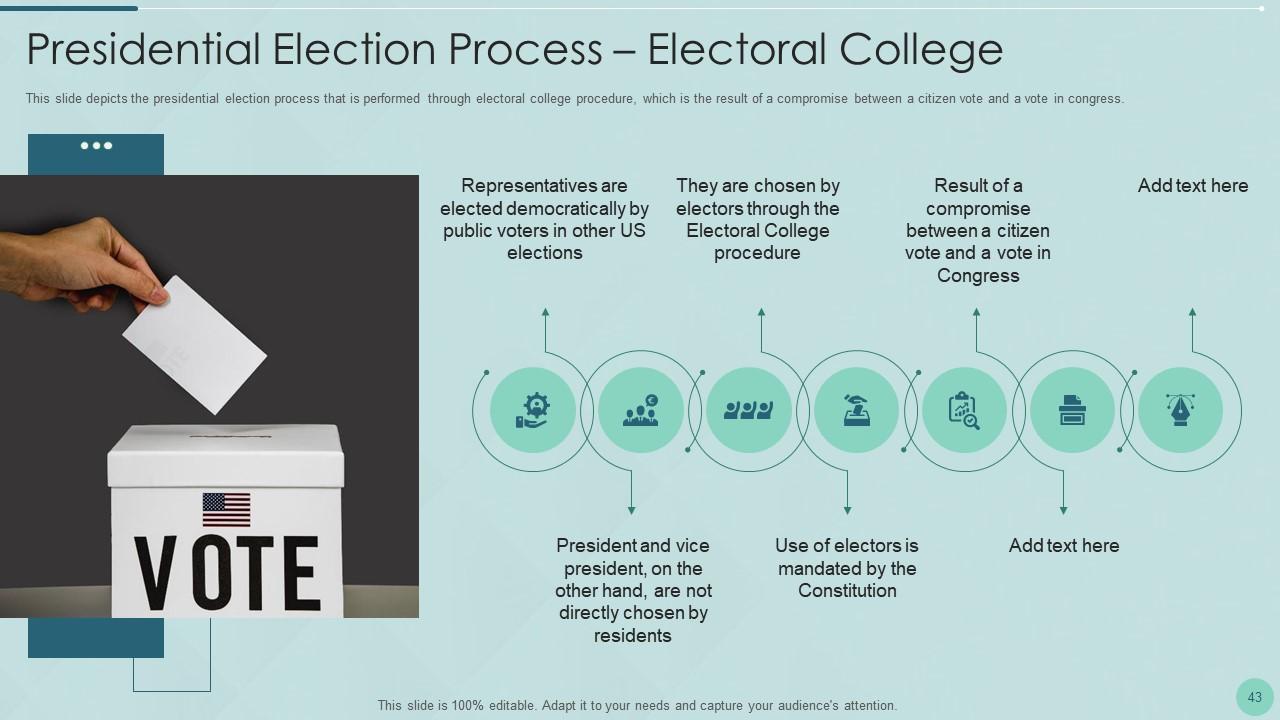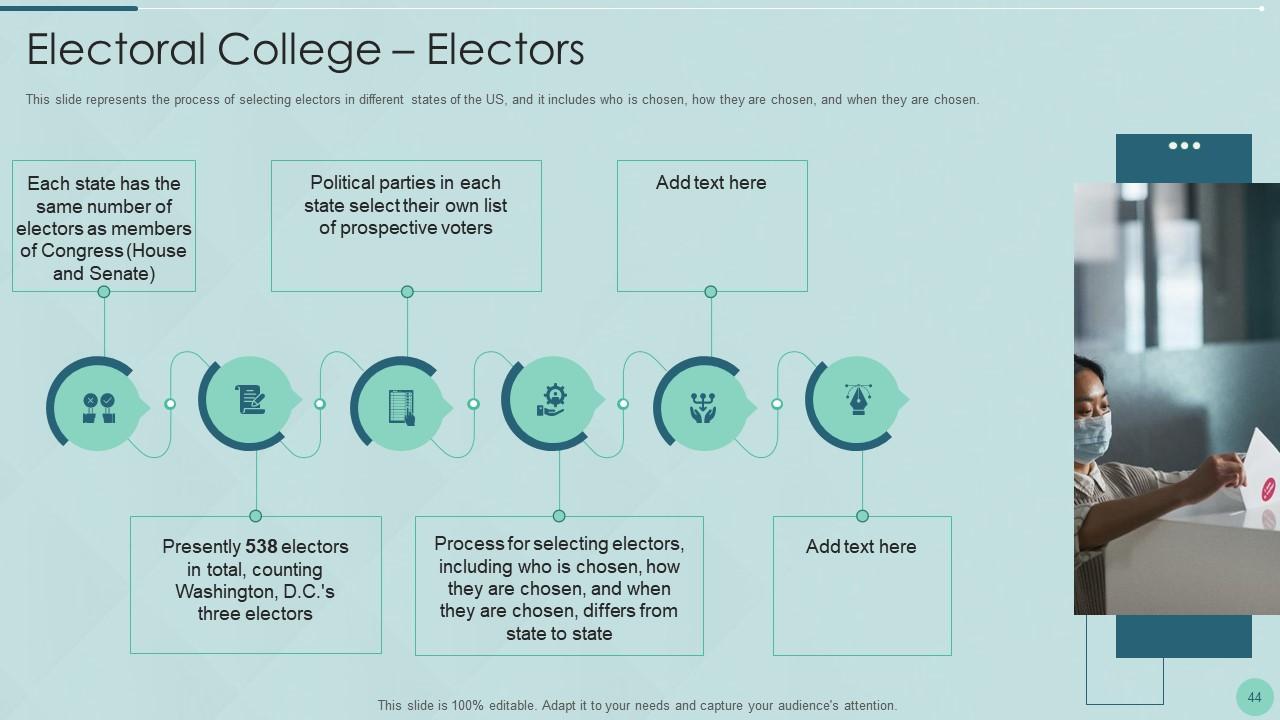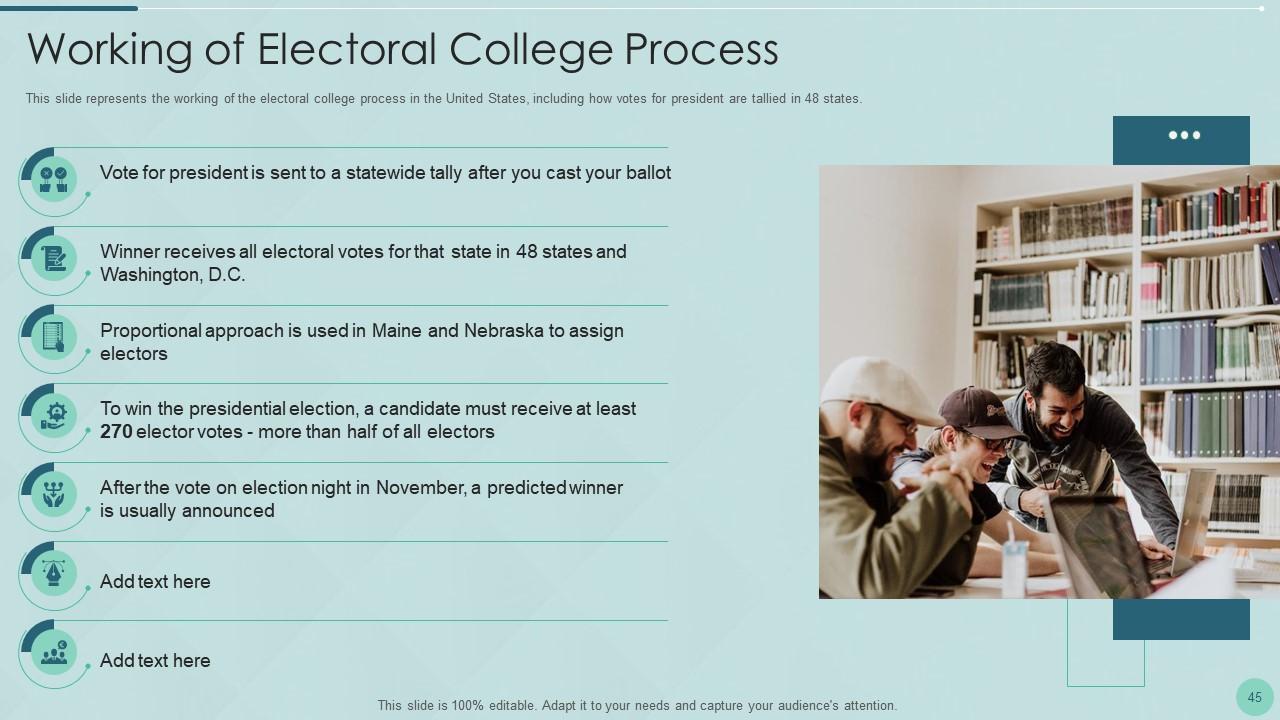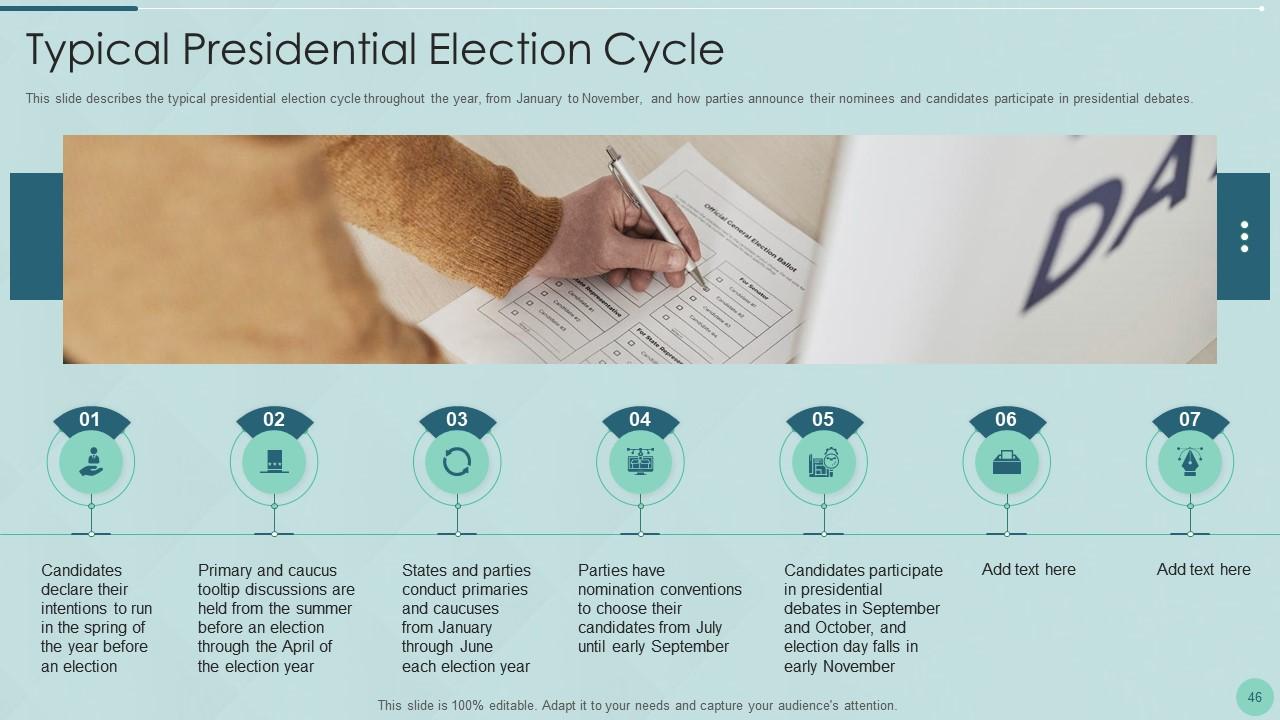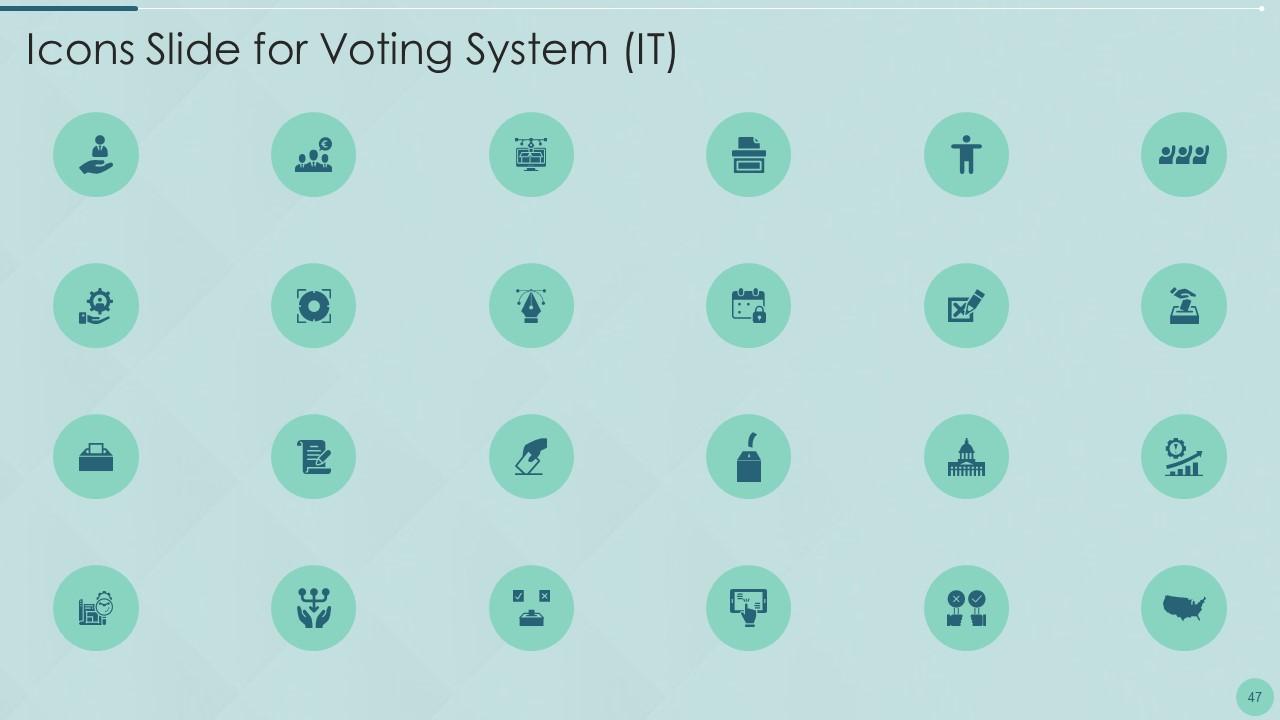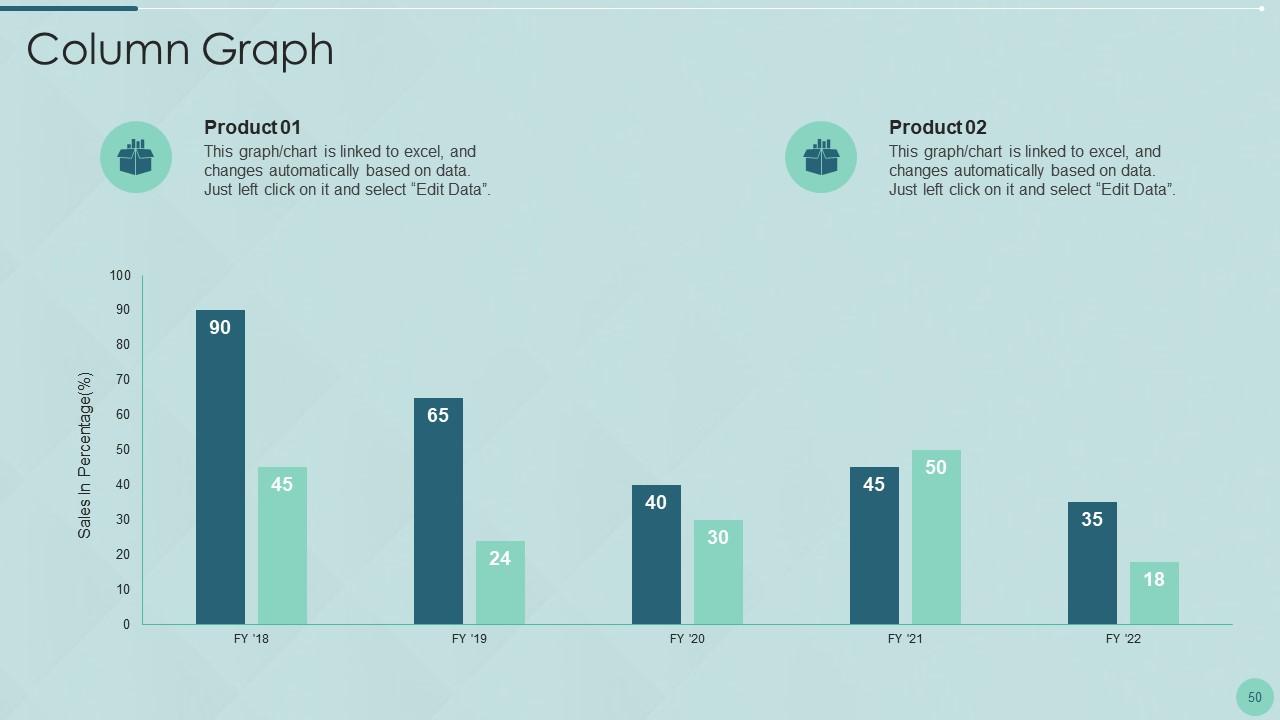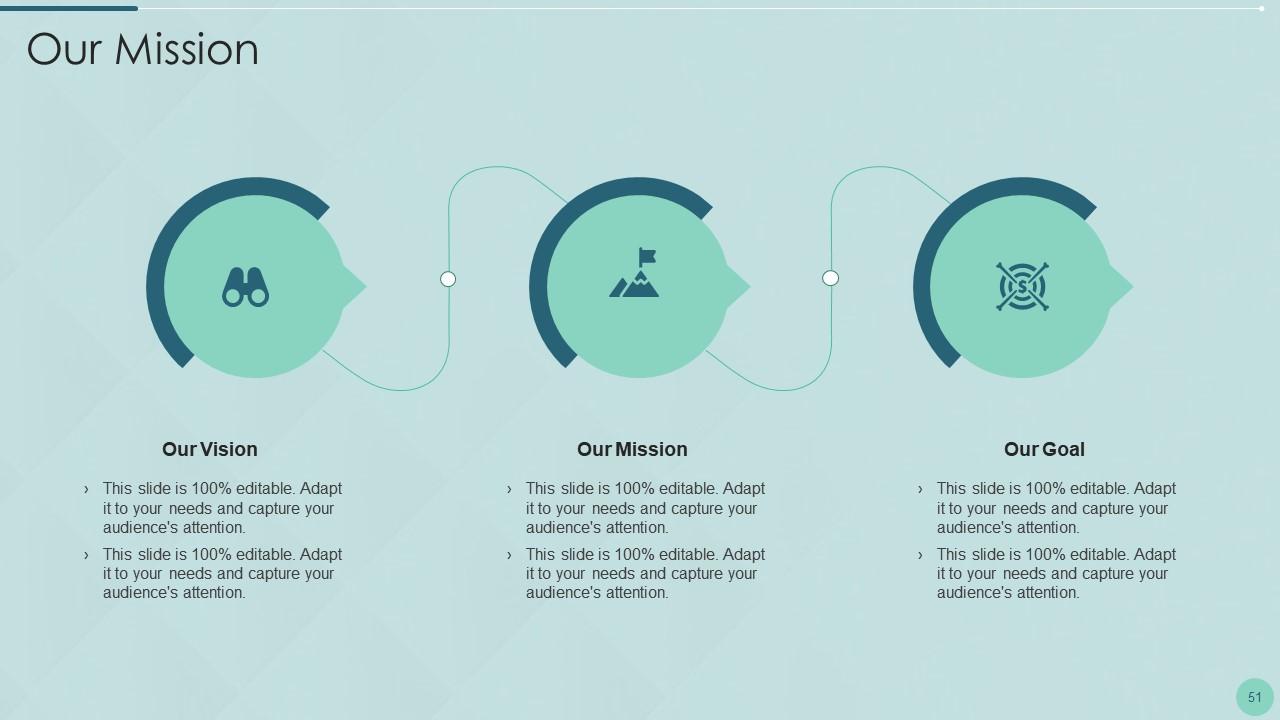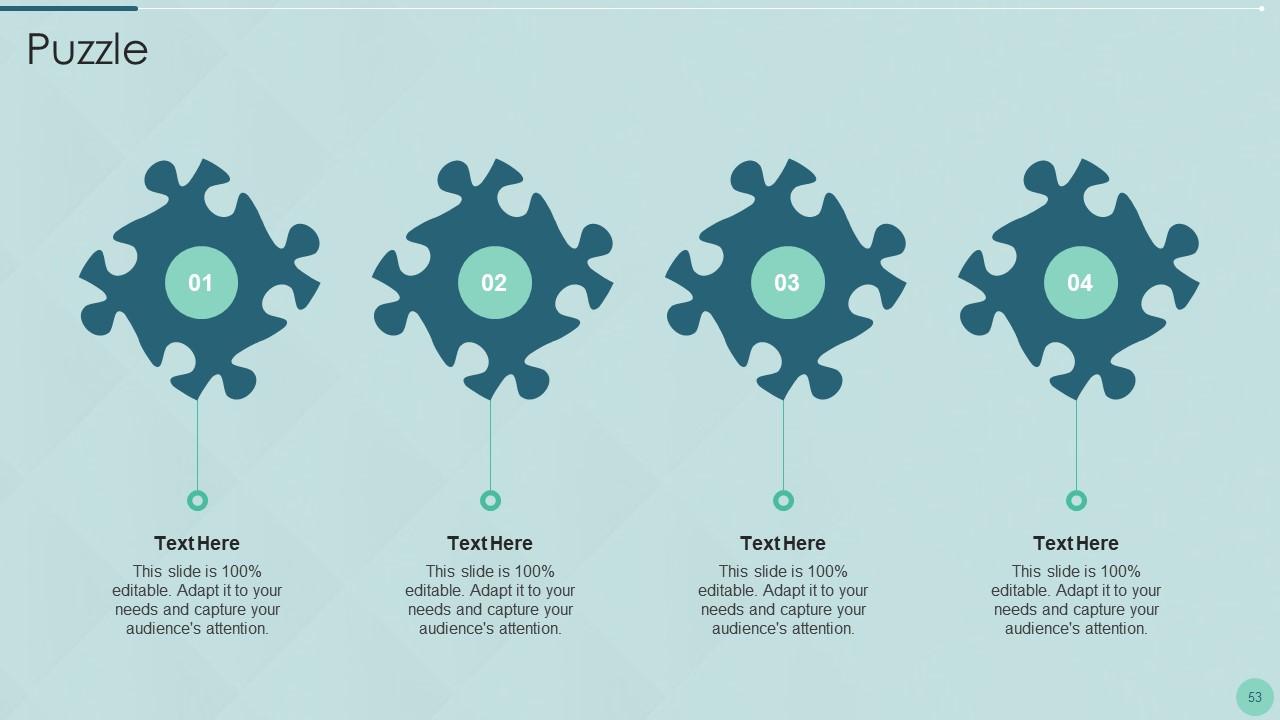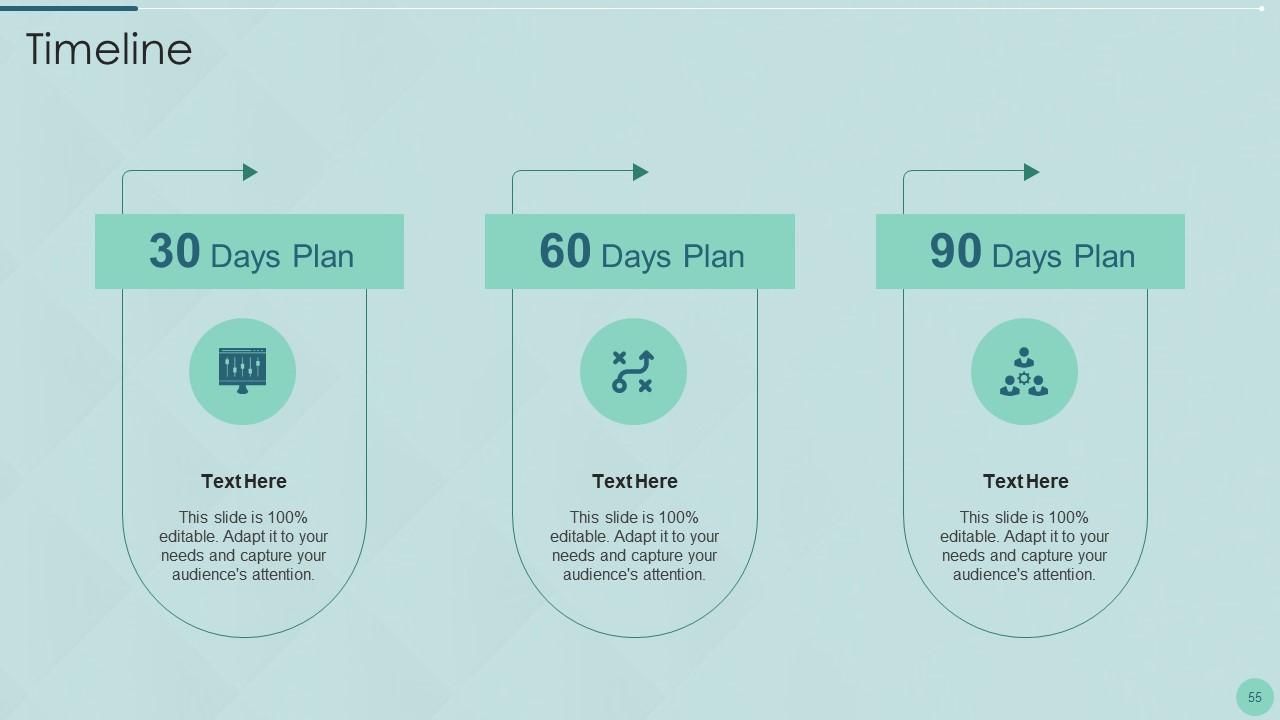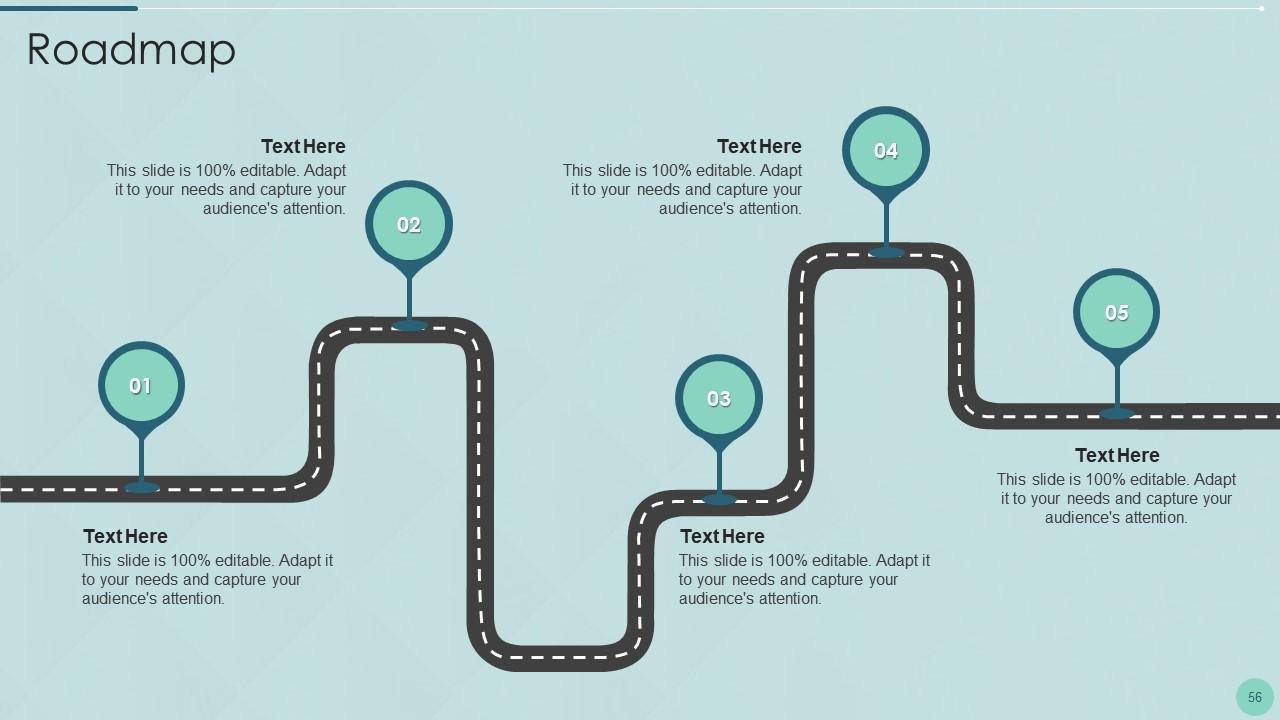Voting system it powerpoint presentation slides
One of the most crucial institutional considerations for every democracy is the electoral system. The election system adopted has a significant impact on the countrys future political life. Here is an efficiently designed Voting Systems IT template that gives a brief idea about the voting systems in the US, including voting system standards, testing, and certification. In this Voting Systems PowerPoint Presentation, we have covered various election types in the United States, the frequency of elections, and different ways to vote in elections. In addition, this Electoral Systems PPT contains the voting system types, types of voting equipment such as optical scan paper ballot systems, direct recording electronic, ballot marking devices and systems, etc. Also, the Voting Systems PPT presentation includes the complete voting process from candidate selection to election day in America. Furthermore, this Electoral Systems template comprises a presidential election process that provides for the electoral college, electors, working of electors, and typical presidential election cycle. Download this insightful voting systems template now.
One of the most crucial institutional considerations for every democracy is the electoral system. The election system adopt..
- Google Slides is a new FREE Presentation software from Google.
- All our content is 100% compatible with Google Slides.
- Just download our designs, and upload them to Google Slides and they will work automatically.
- Amaze your audience with SlideTeam and Google Slides.
-
Want Changes to This PPT Slide? Check out our Presentation Design Services
- WideScreen Aspect ratio is becoming a very popular format. When you download this product, the downloaded ZIP will contain this product in both standard and widescreen format.
-

- Some older products that we have may only be in standard format, but they can easily be converted to widescreen.
- To do this, please open the SlideTeam product in Powerpoint, and go to
- Design ( On the top bar) -> Page Setup -> and select "On-screen Show (16:9)” in the drop down for "Slides Sized for".
- The slide or theme will change to widescreen, and all graphics will adjust automatically. You can similarly convert our content to any other desired screen aspect ratio.
Compatible With Google Slides

Get This In WideScreen
You must be logged in to download this presentation.
PowerPoint presentation slides
This complete presentation has PPT slides on wide range of topics highlighting the core areas of your business needs. It has professionally designed templates with relevant visuals and subject driven content. This presentation deck has total of fifty seven slides. Get access to the customizable templates. Our designers have created editable templates for your convenience. You can edit the color, text and font size as per your need. You can add or delete the content if required. You are just a click to away to have this ready-made presentation. Click the download button now.
People who downloaded this PowerPoint presentation also viewed the following :
Content of this Powerpoint Presentation
Slide 1: This slide displays title i.e. 'Voting System (IT)' and your Company Name.
Slide 2: This slide presents agenda.
Slide 3: This slide exhibits table of contents.
Slide 4: This slide also shows table of contents.
Slide 5: This slide depicts title for one topic that is to be covered next in the template.
Slide 6: This slide depicts the overview of the voting system, which is a method to elect representatives for the people, etc.
Slide 7: This slide depicts title for three topics that are to be covered next in the template.
Slide 8: This slide represents the security standard of the voting system that ensures the security of voting machines.
Slide 9: This slide depicts the functionality standard of the voting system that ensures the correctness of all votes.
Slide 10: This slide represents the voting system standards such as privacy, usability, and accessibility that allow all voters.
Slide 11: This slide depicts title for one topic that is to be covered next in the template.
Slide 12: This slide represents the testing and certification of voting systems used by local governments.
Slide 13: This slide depicts title for four topics that are to be covered next in the template.
Slide 14: This slide represents the types of elections held in the US, including federal elections, state elections, municipal elections, etc.
Slide 15: This slide represents the other types of elections such as runoff elections, special elections, referendum elections, and recall elections.
Slide 16: This slide represents the frequency of elections in the united states, including general elections, presidential and congressional elections, etc.
Slide 17: This slide describes the different ways to vote in the US elections, such as absentee ballots, in-person voting, remote voting, and mail-in voting methods.
Slide 18: This slide depicts title for five topics that are to be covered next in the template.
Slide 19: This slide represents the first past the post type of voting system that was widely used in previous times, but now only a few countries use them.
Slide 20: This slide represents the features and effects of the first past the post-voting system, etc.
Slide 21: This slide describes the working of the first past the post voting system.
Slide 22: This slide depicts the counting of first past the post votes, including the total number of available seats.
Slide 23: This slide depicts the voting systems in the United States that include a two-round system, an instant-runoff voting system.
Slide 24: This slide depicts title for eight topics that are to be covered next in the template.
Slide 25: This slide represents the optical scan paper ballot systems that include paper ballots on which voters mark their choices through an oval shape, etc.
Slide 26: This slide shows the direct recording electronic voting system that includes three interfaces, such as a pushbutton, touchscreen, etc.
Slide 27: This slide depicts the ballot-making devices and systems, including the hand-making or machine-making pre-printed ballot paper, etc.
Slide 28: This slide describes the hybrid voting systems, including ImageCast Precinct optical scanner with ATI, ImageCast Evolution.
Slide 29: This slide represents the punch card voting system in which cards were used to make the voting selection by punching holes.
Slide 30: This slide represents the mechanical lever voting systems that are not in use since 2006, developed in the 1890s.
Slide 31: This slide represents the hand-counted paper ballots method of voting that includes the manual counting of paper ballots.
Slide 32: This slide depicts the electronic poll books that were used widely in the 2016 elections and were deployed in 36 states during 2018 in the United States.
Slide 33: This slide depicts title for eight topics that are to be covered next in the template.
Slide 34: This slide represents the electoral process in the US, including candidate selection, qualifications, the nominating process, etc.
Slide 35: This slide describes the candidate selection process of the electoral system in the US that includes two parties.
Slide 36: This slide depicts the eligibility criteria to run for public offices such as the United States House of Representatives, United States Senate, etc.
Slide 37: This slide represents the nominating procedures in the US that cover the caucus party, sending delegates, etc.
Slide 38: This slide depicts the qualifications for voting that covers the state's residency for a specific number of years, read and write ability, etc.
Slide 39: This slide represents the registering process of voters, including through mails, forms from a local registrar, in-person visits to the office, etc.
Slide 40: This slide illustrates the voting districts, including precints in which each state, city, country, or ward is divided, etc.
Slide 41: This slide represents the election day, votes can be made through ballot papers or voting machines in a private voting booth.
Slide 42: This slide depicts title for four topics that are to be covered next in the template.
Slide 43: This slide depicts the presidential election process that is performed through electoral college procedure.
Slide 44: This slide represents the process of selecting electors in different states of the US, and it includes who is chosen, how they are chosen, etc.
Slide 45: This slide represents the working of the electoral college process in the United States, including how votes for president are tallied in 48 states.
Slide 46: This slide describes the typical presidential election cycle throughout the year, from January to November, etc.
Slide 47: This is the icons slide.
Slide 48: This slide presents title for additional slides.
Slide 49: This slide shows about your company, target audience and its client's values.
Slide 50: This slide exhibits yearly sales column charts for different products. The charts are linked to Excel.
Slide 51: This slide presents your company's vision, mission and goals.
Slide 52: This slide depicts posts for past experiences of clients.
Slide 53: This slide displays puzzle.
Slide 54: This slide exhibits yearly timeline.
Slide 55: This slide depicts 30-60-90 days plan for projects.
Slide 56: This slide shows roadmap.
Slide 57: This is thank you slide & contains contact details of company like office address, phone no., etc.
Voting system it powerpoint presentation slides with all 62 slides:
Use our Voting System IT Powerpoint Presentation Slides to effectively help you save your valuable time. They are readymade to fit into any presentation structure.
FAQs
A voting system is a method used to elect representatives for the people, which includes federal, state, and municipal elections, as well as other types of elections such as runoff elections, special elections, referendum elections, and recall elections.
The standards for a voting system include security, functionality, privacy, usability, and accessibility. These standards ensure the security of voting machines, the correctness of all votes and allow all voters to cast their votes in a private and accessible manner.
The different types of elections held in the US include federal elections, state elections, and municipal elections, as well as other types of elections such as runoff elections, special elections, referendum elections, and recall elections.
The different ways to vote in the US elections include absentee ballots, in-person voting, remote voting, and mail-in voting methods.
The presidential election process in the United States is performed through the electoral college procedure, where electors are chosen in each state and votes for president are tallied in 48 states. The election cycle typically runs from January to November.
-
Attractive design and informative presentation.
-
Visually stunning presentation, love the content.


